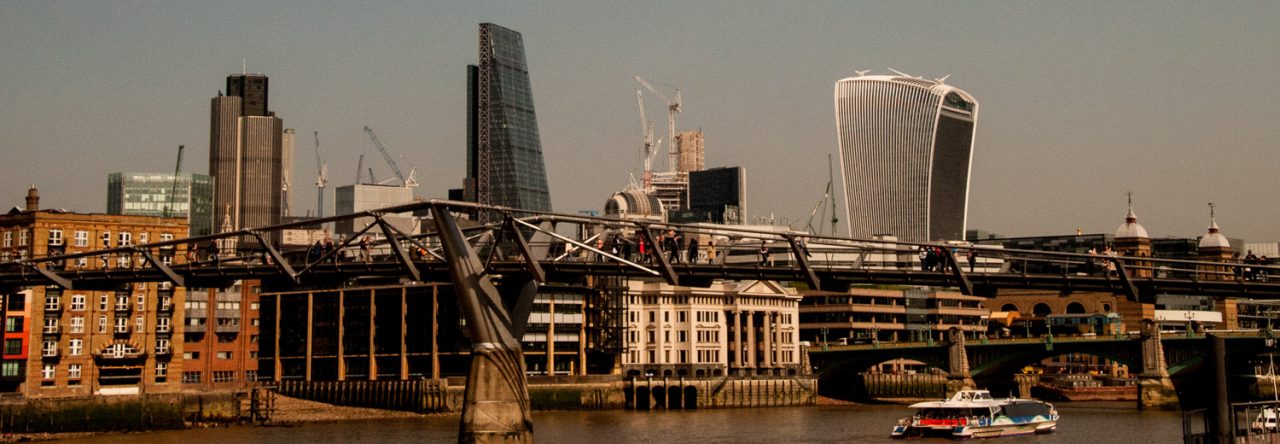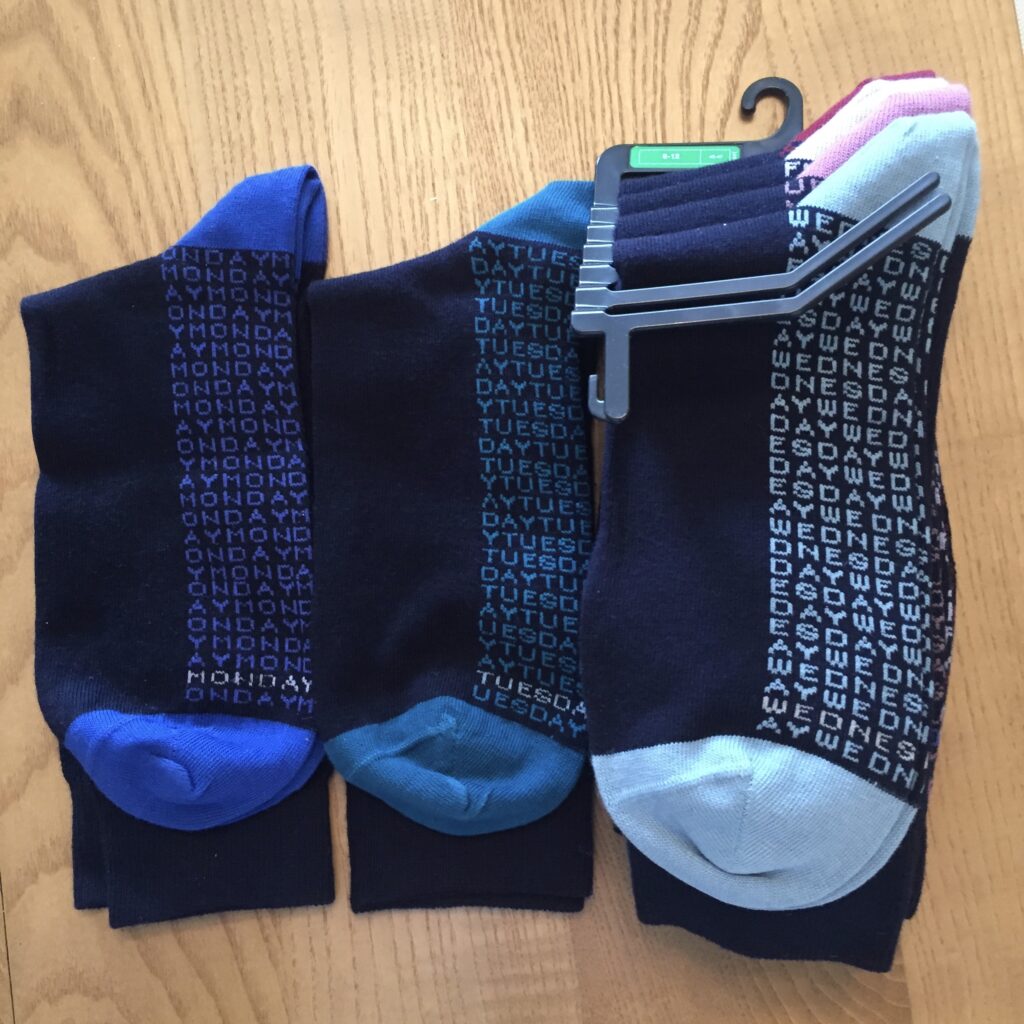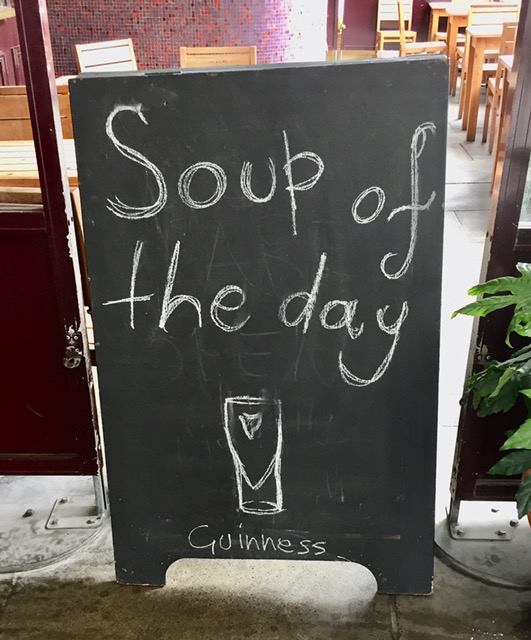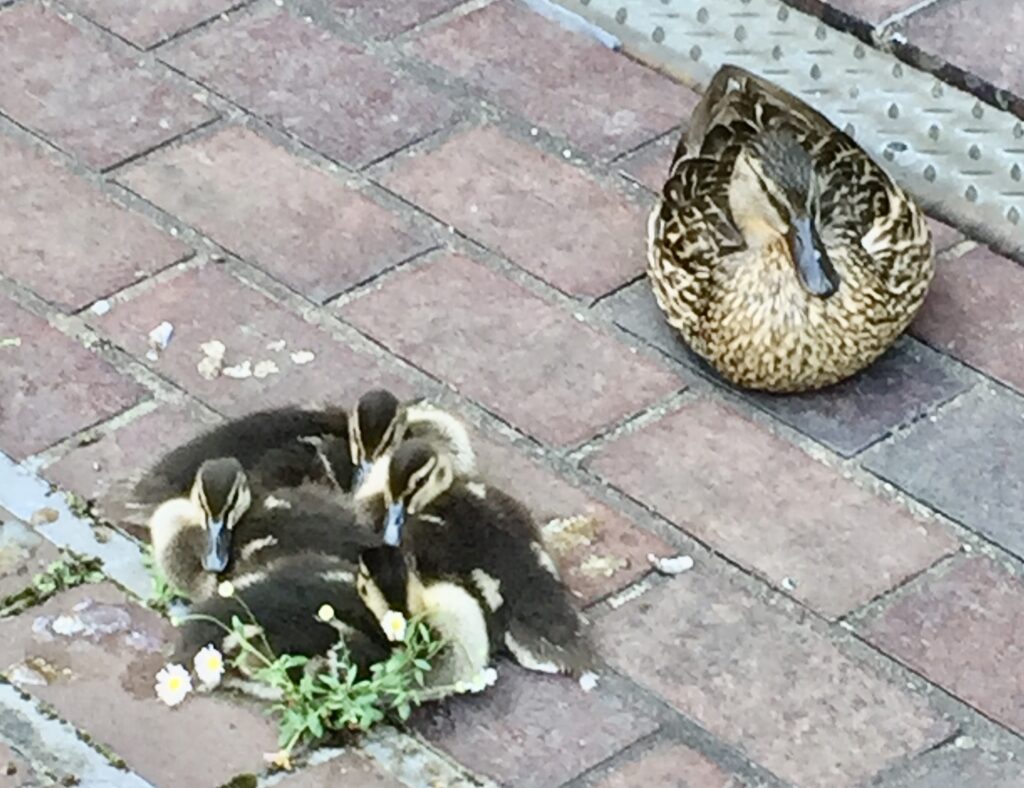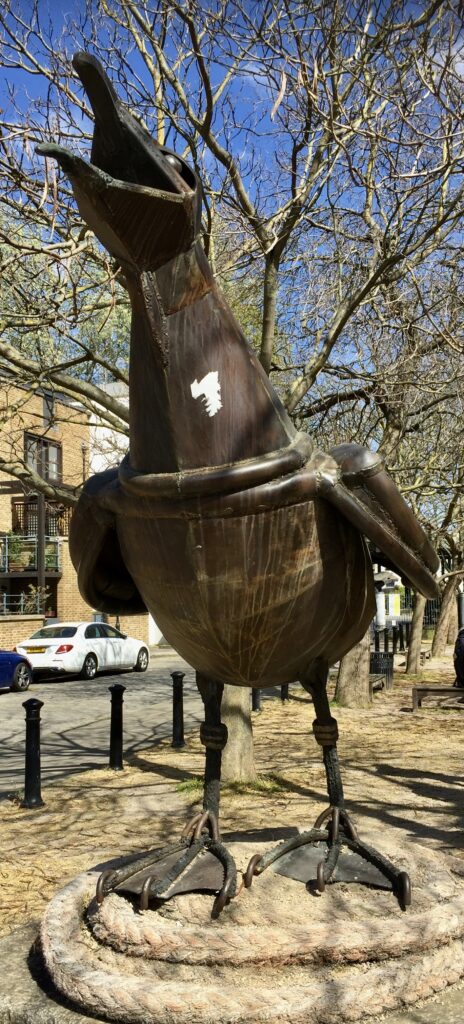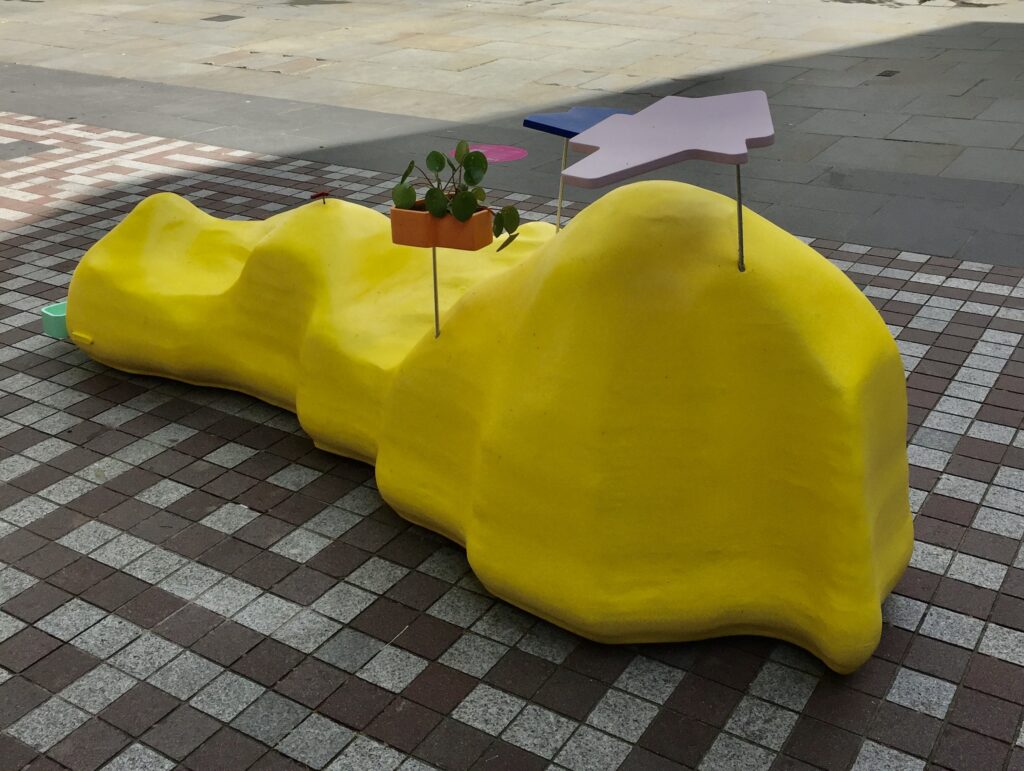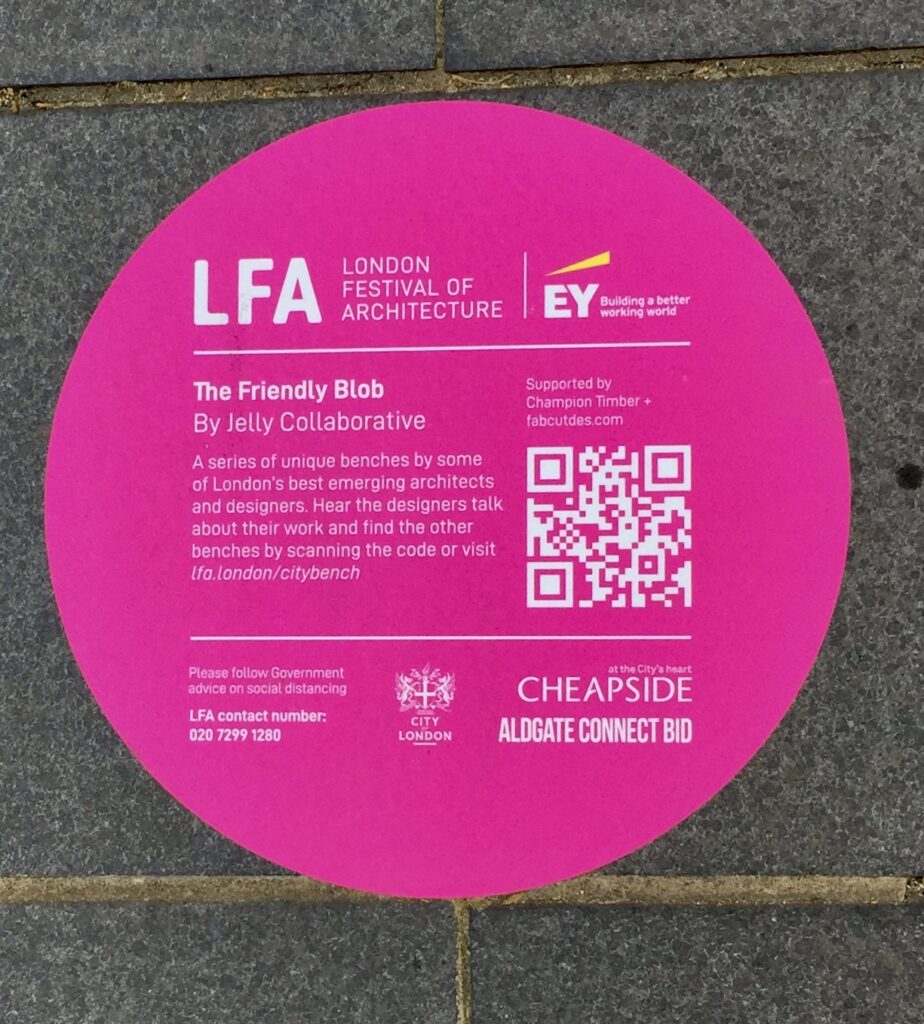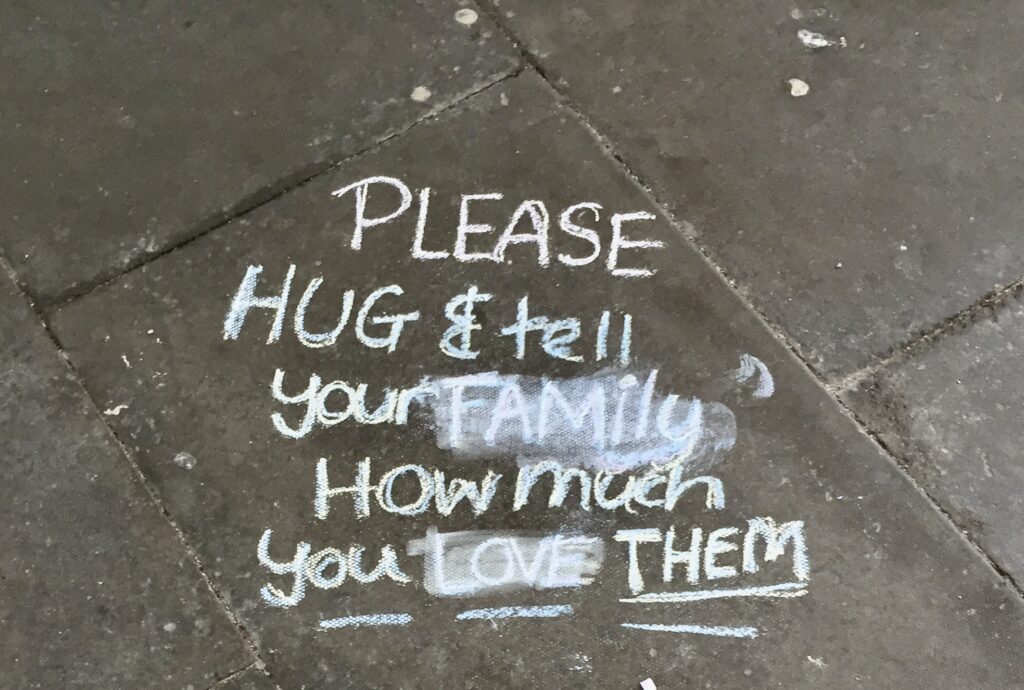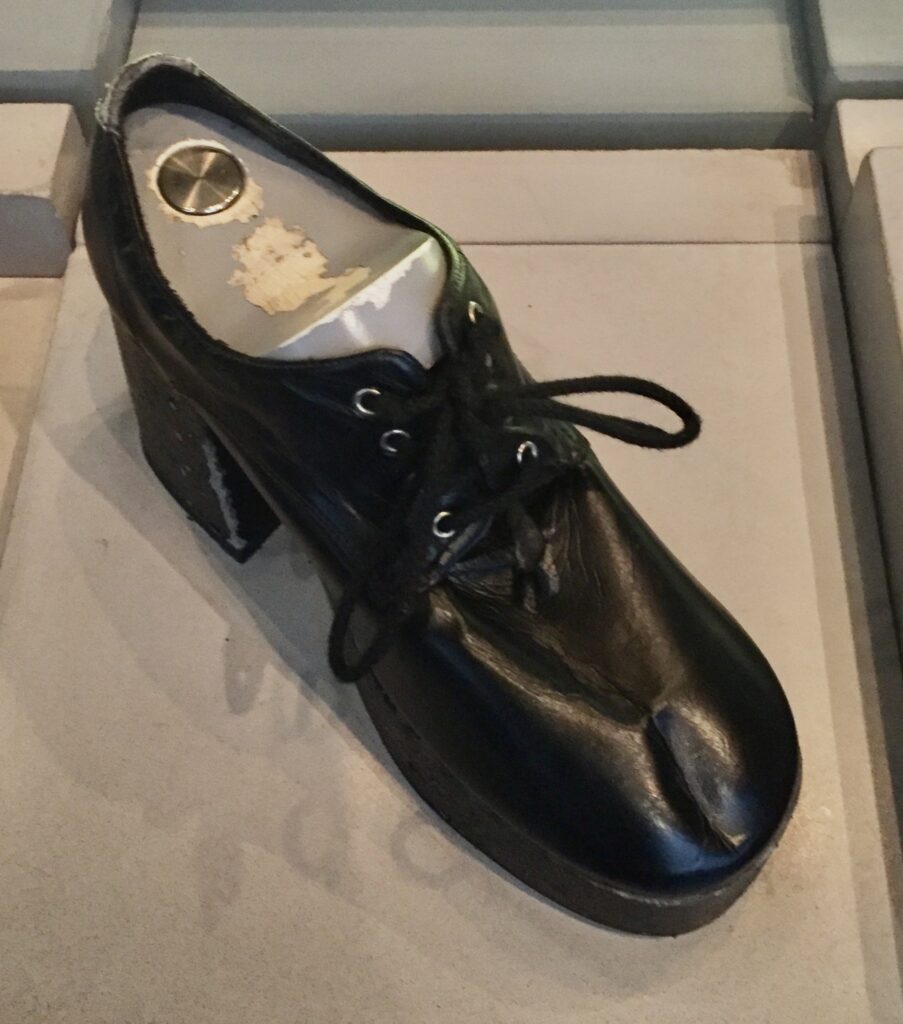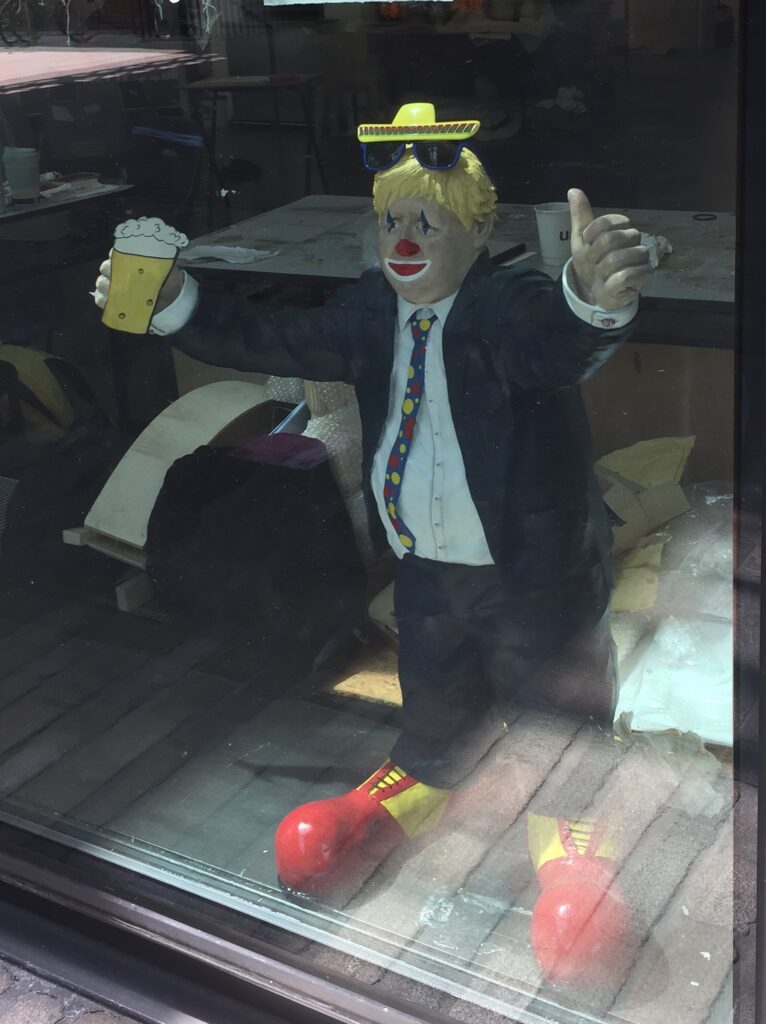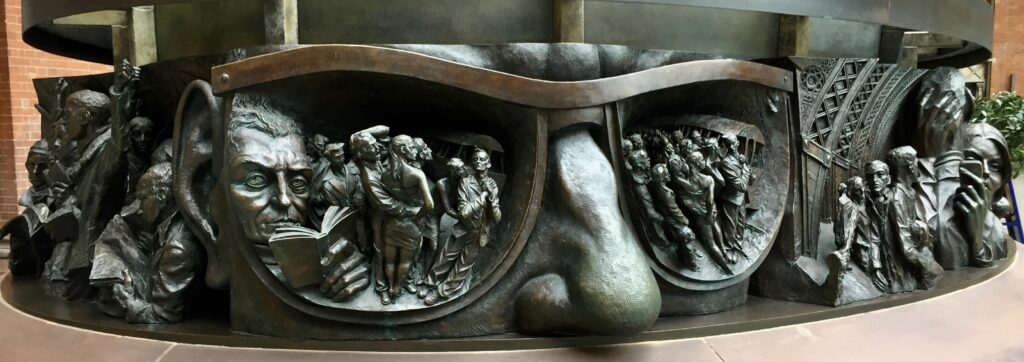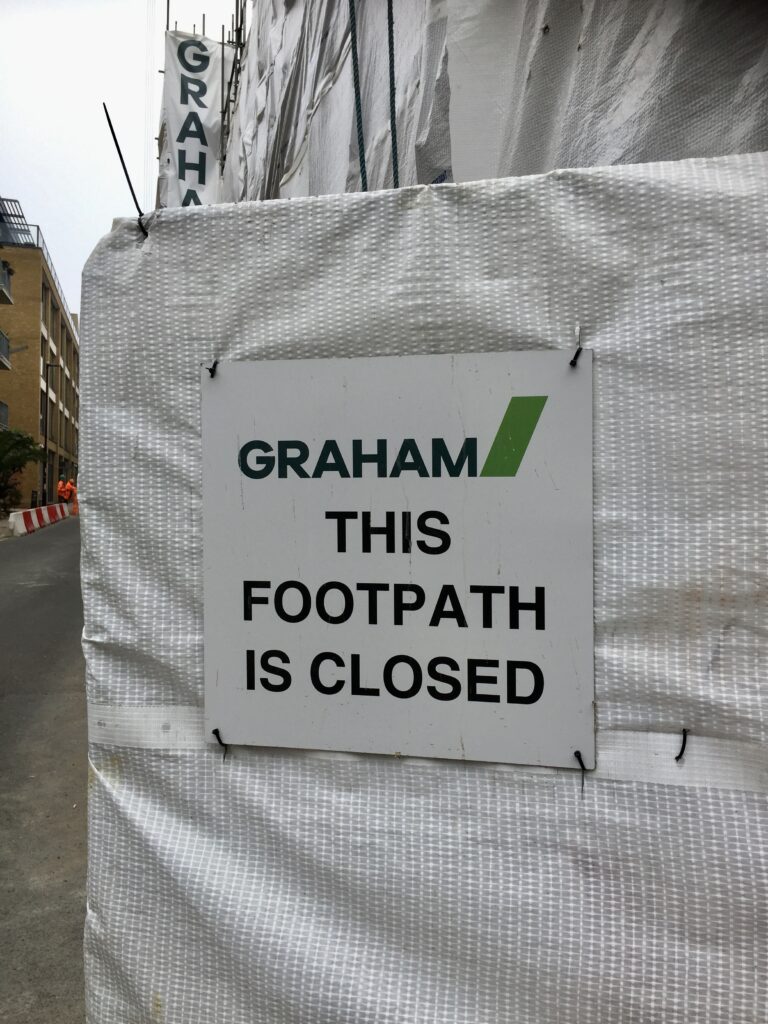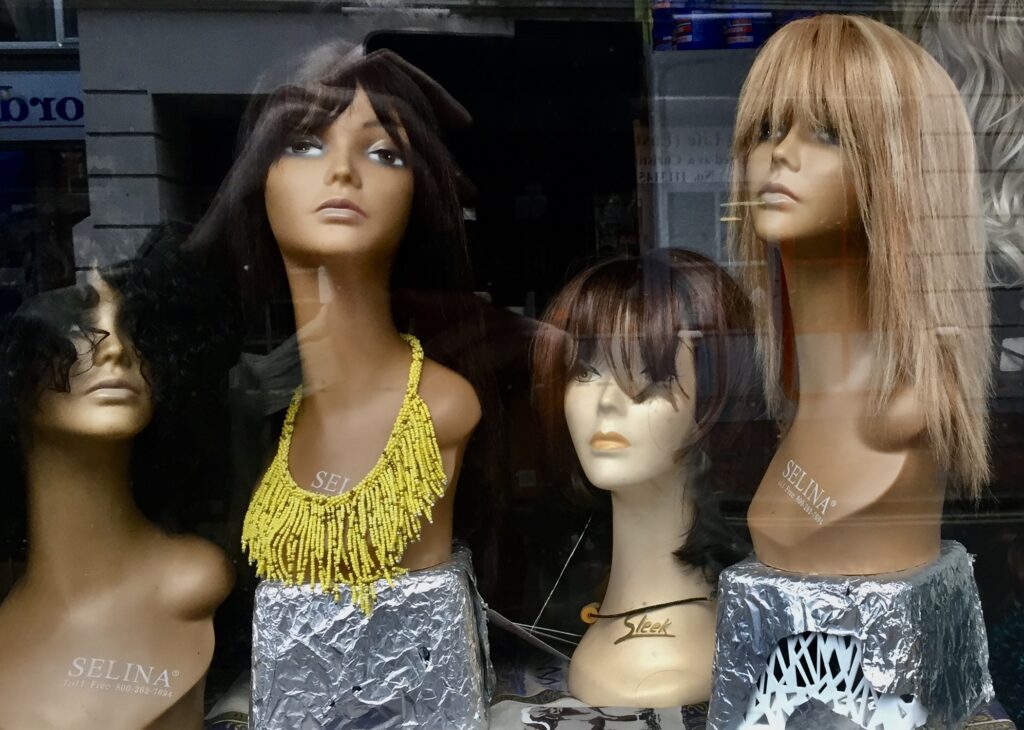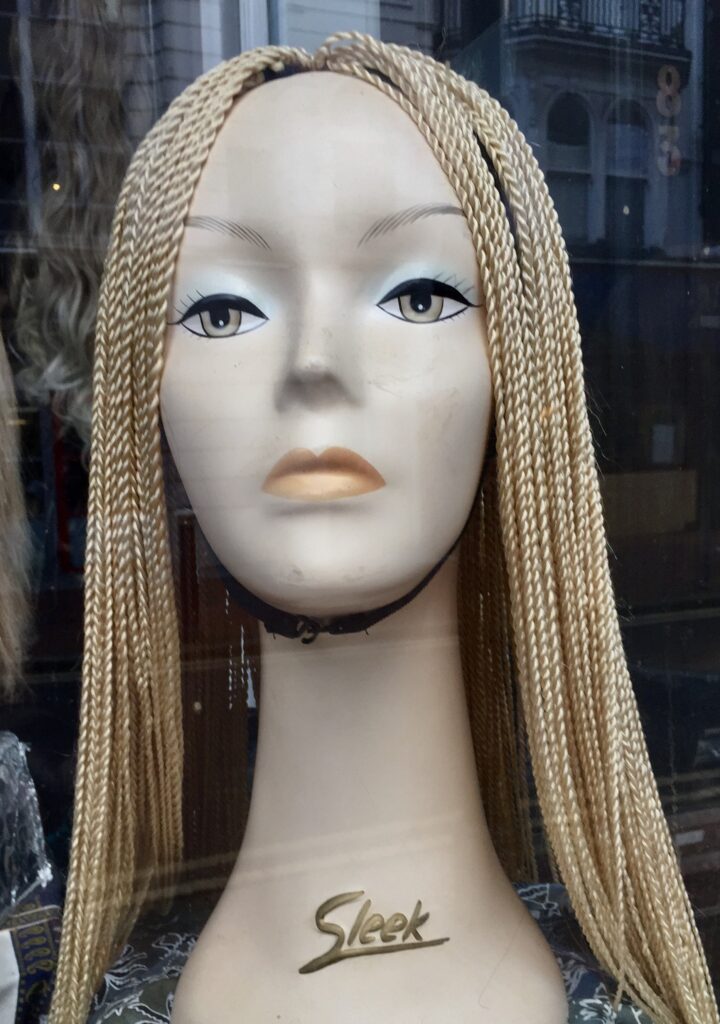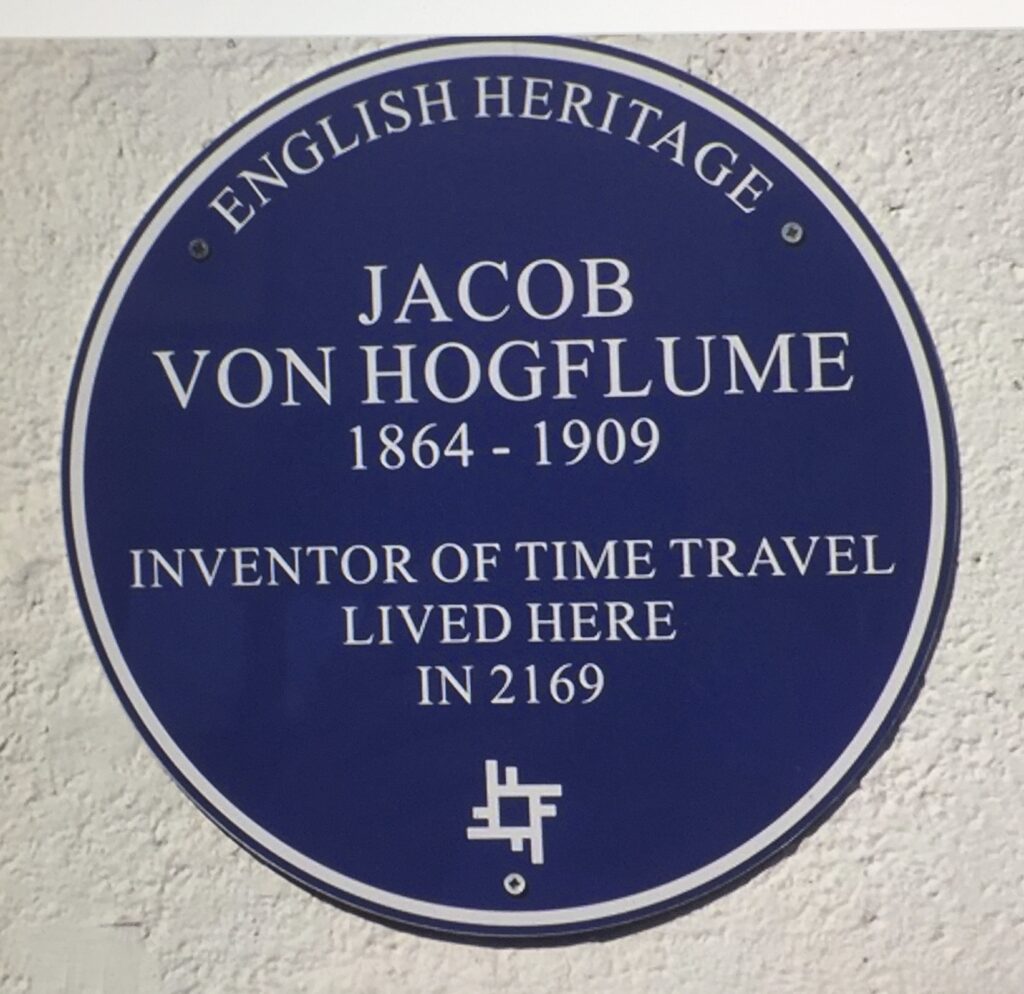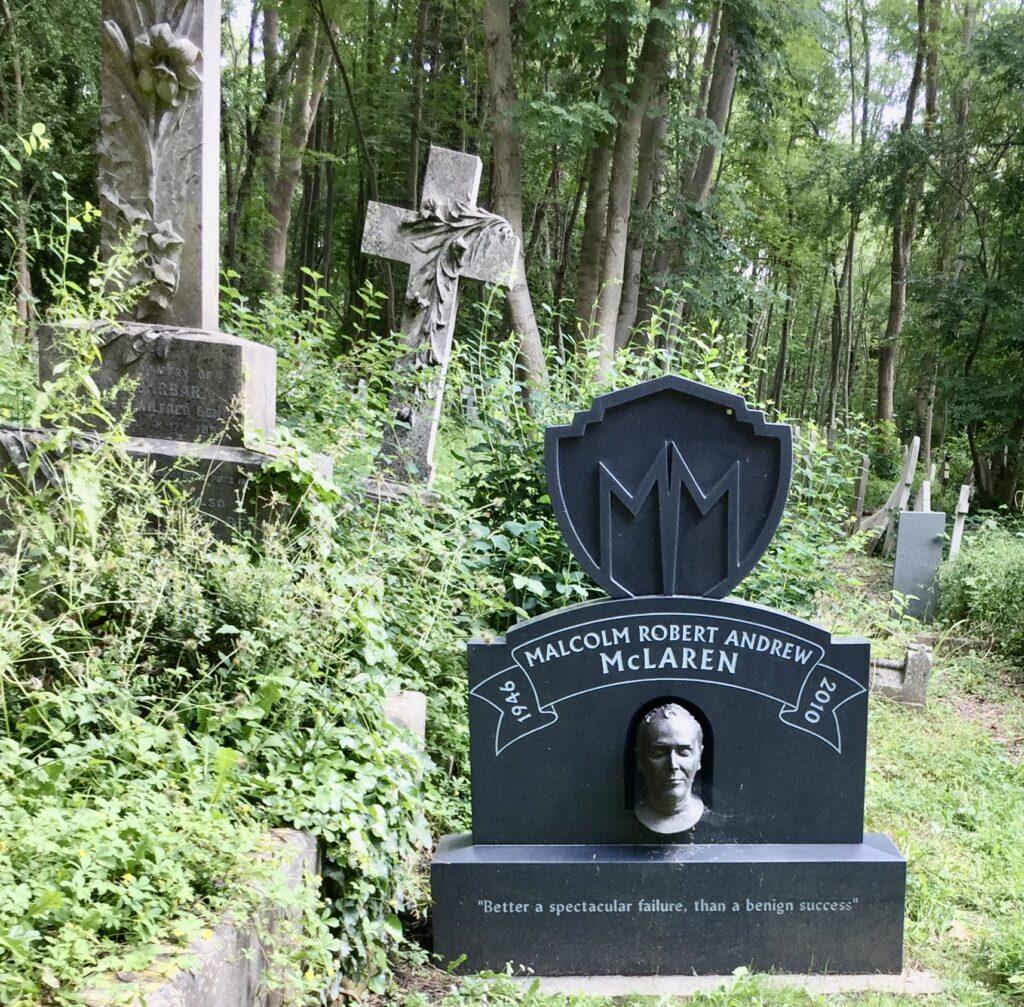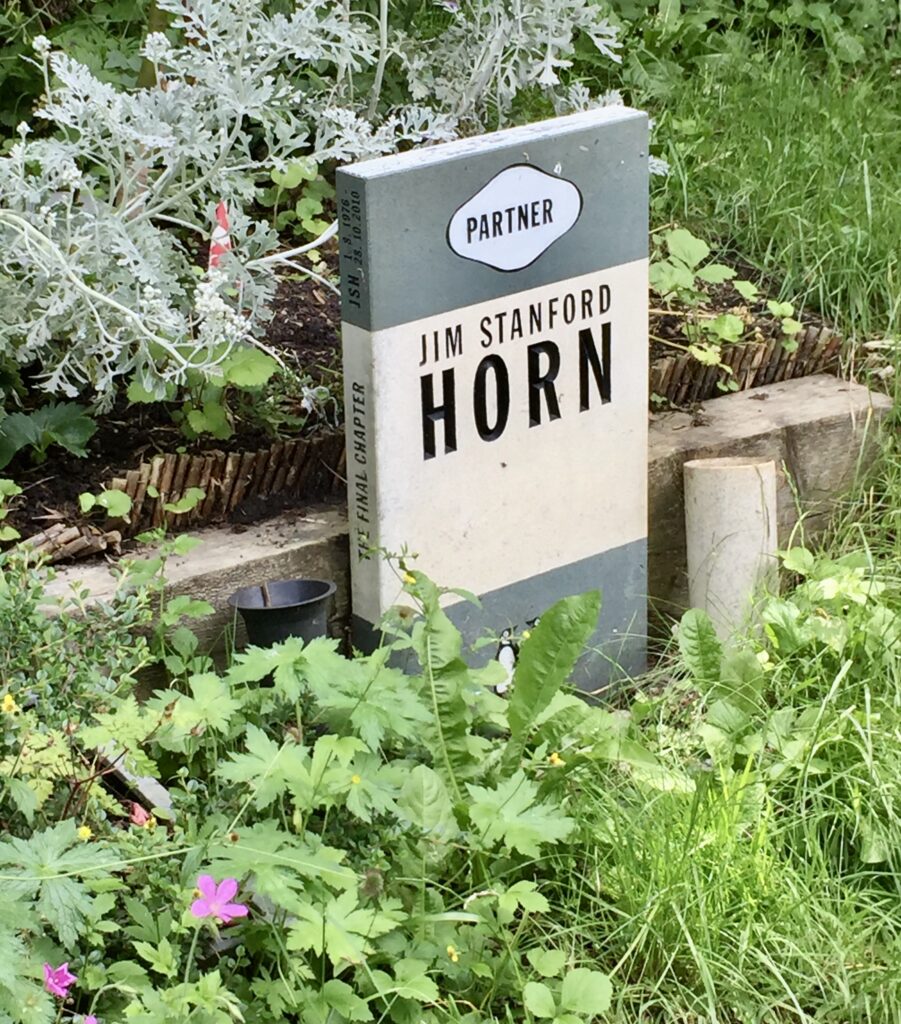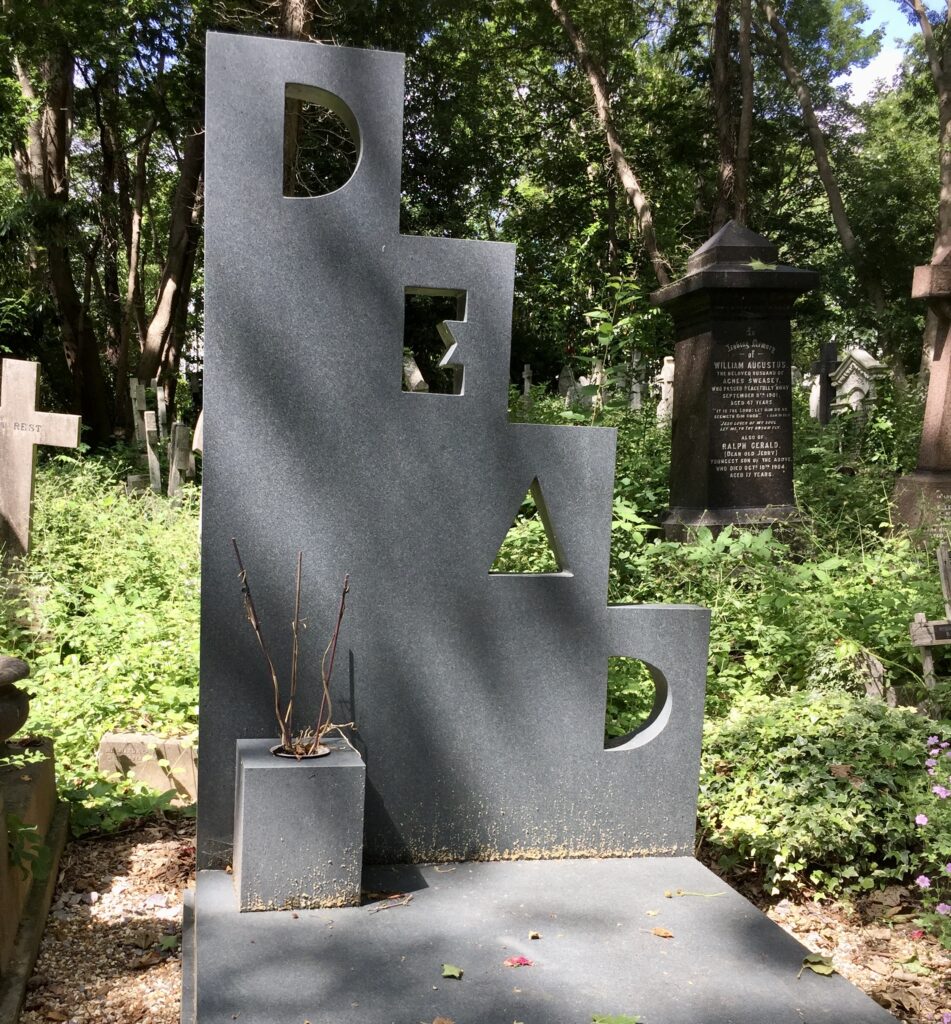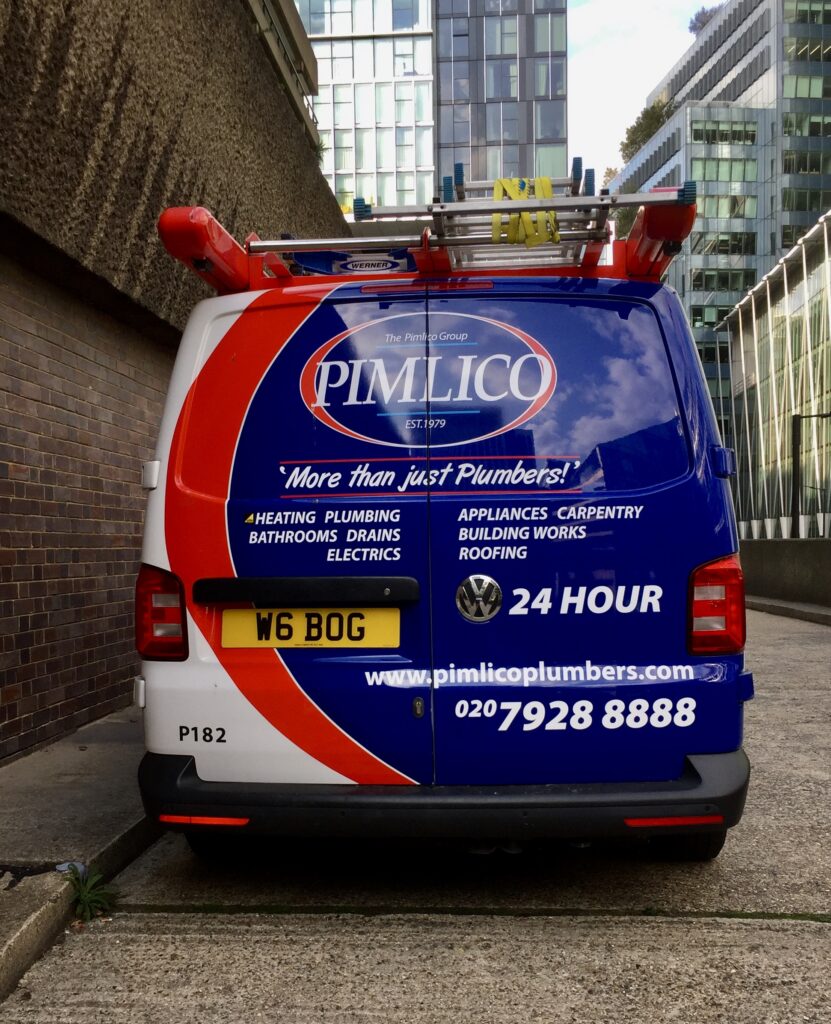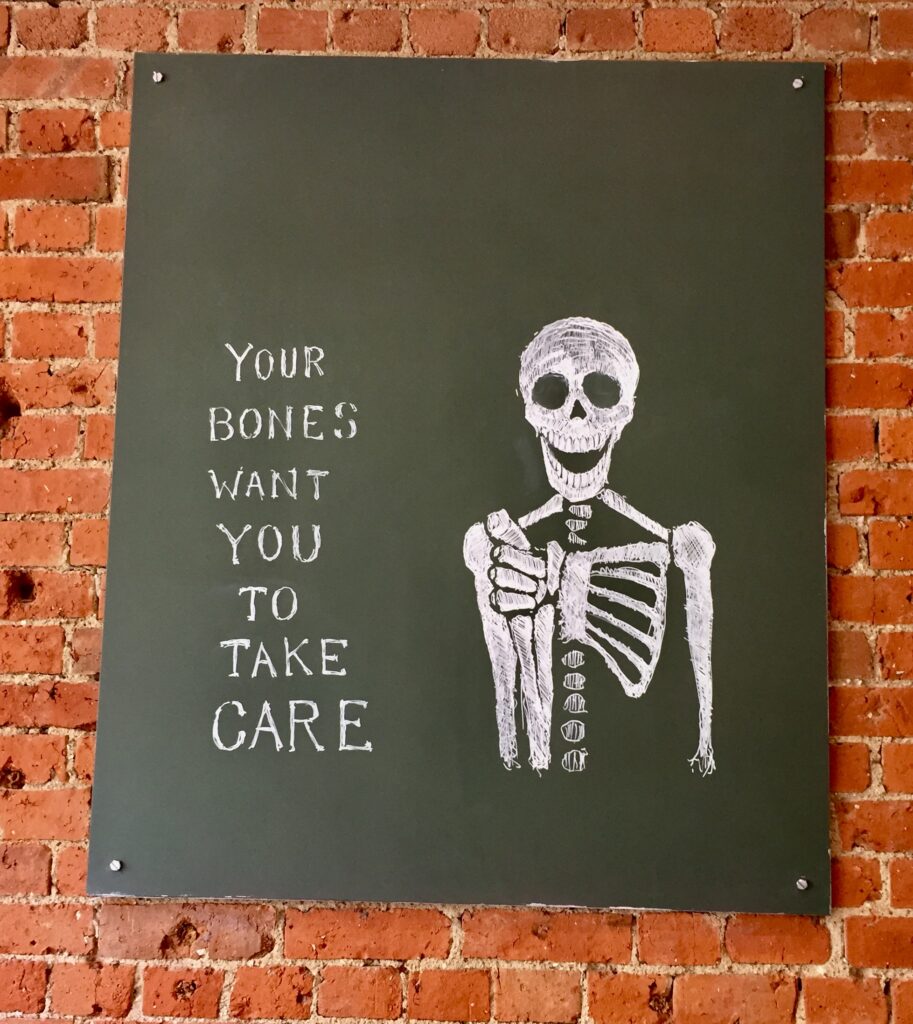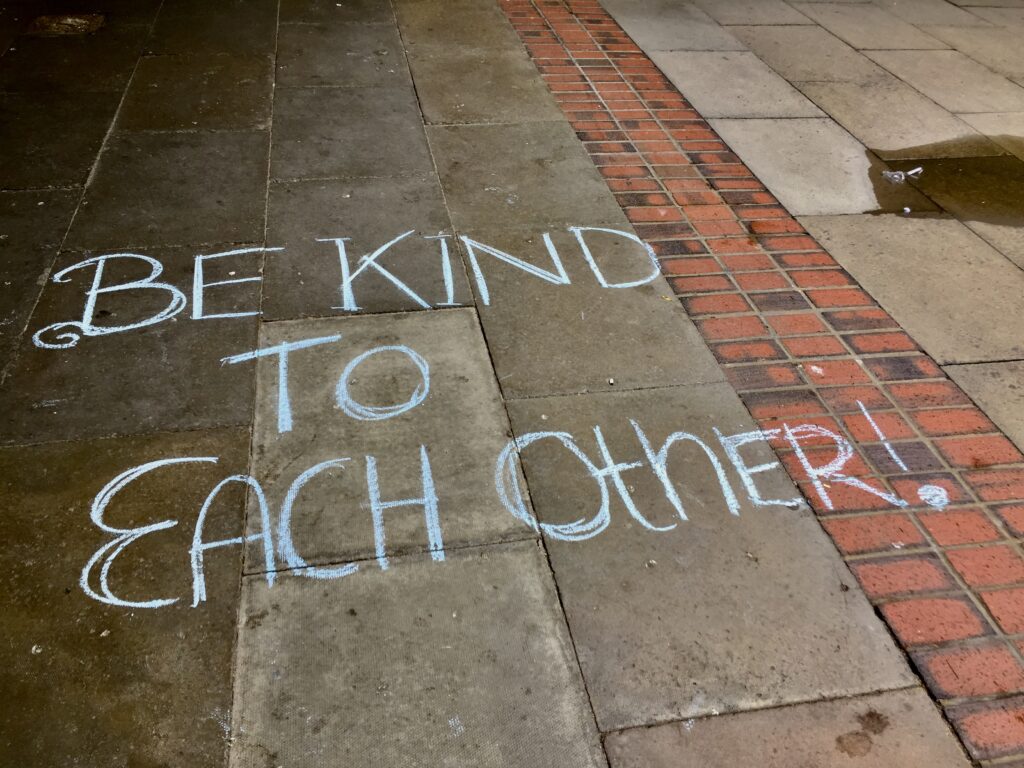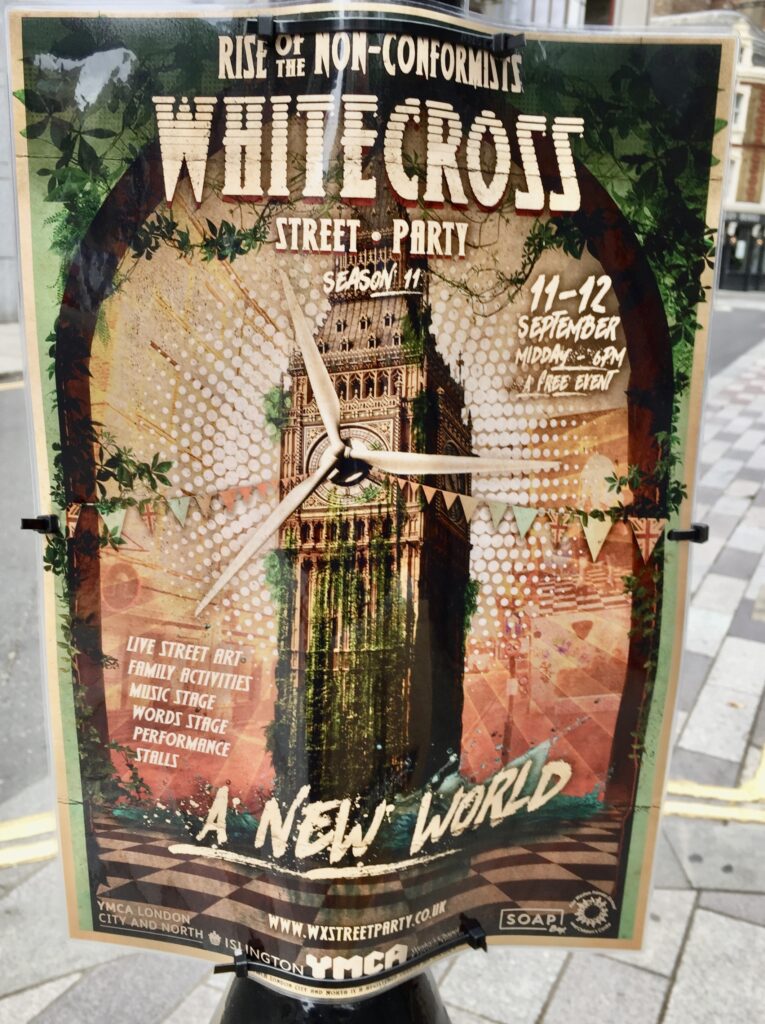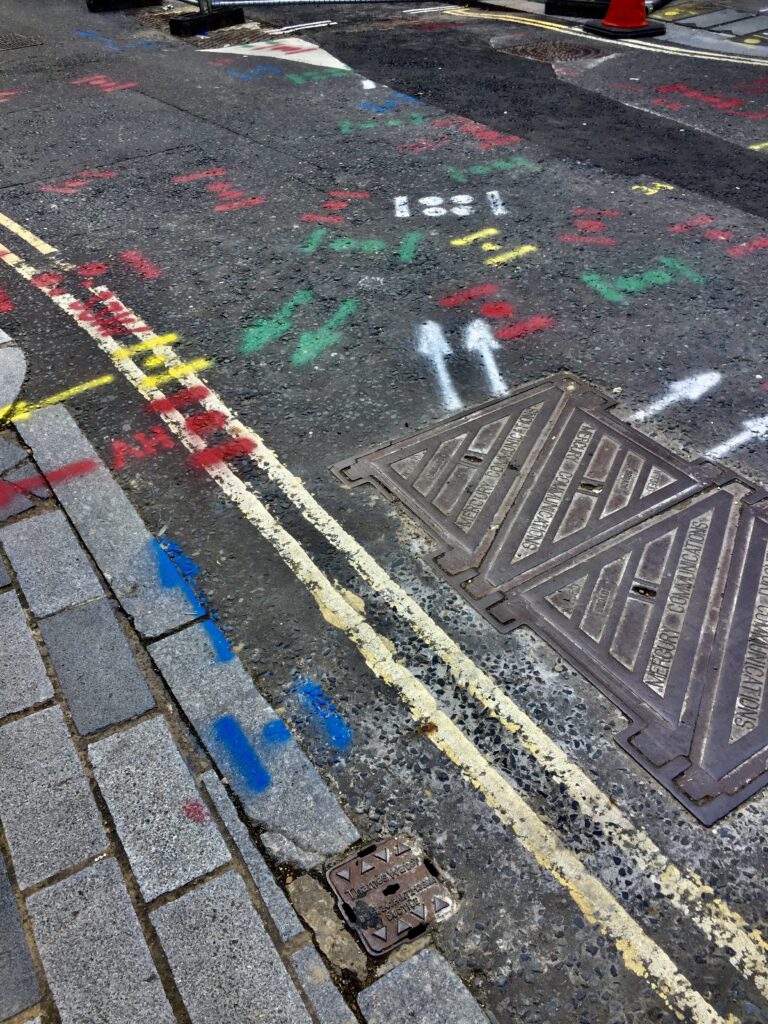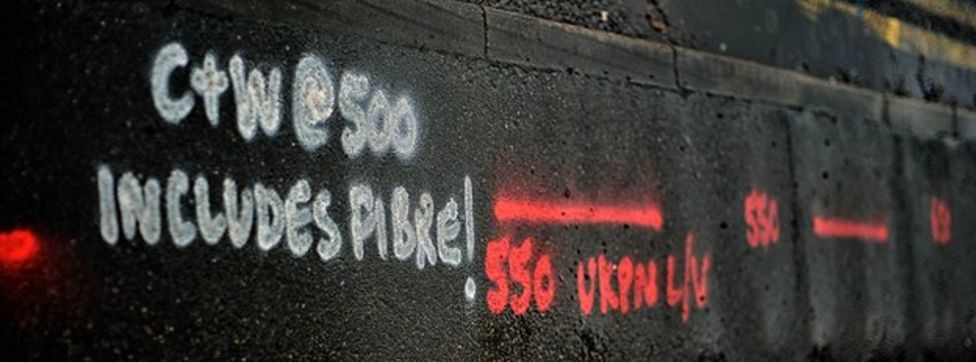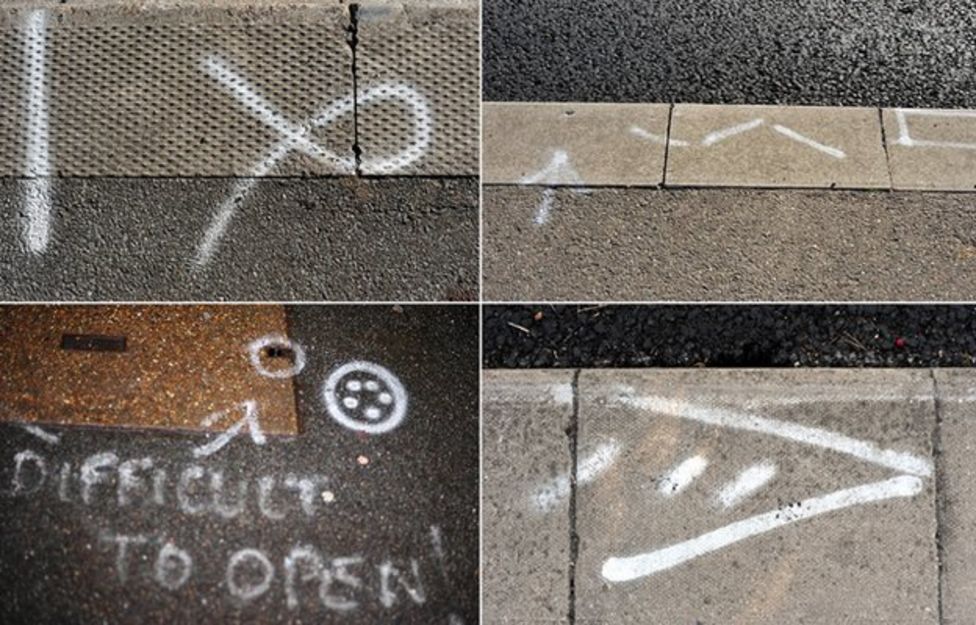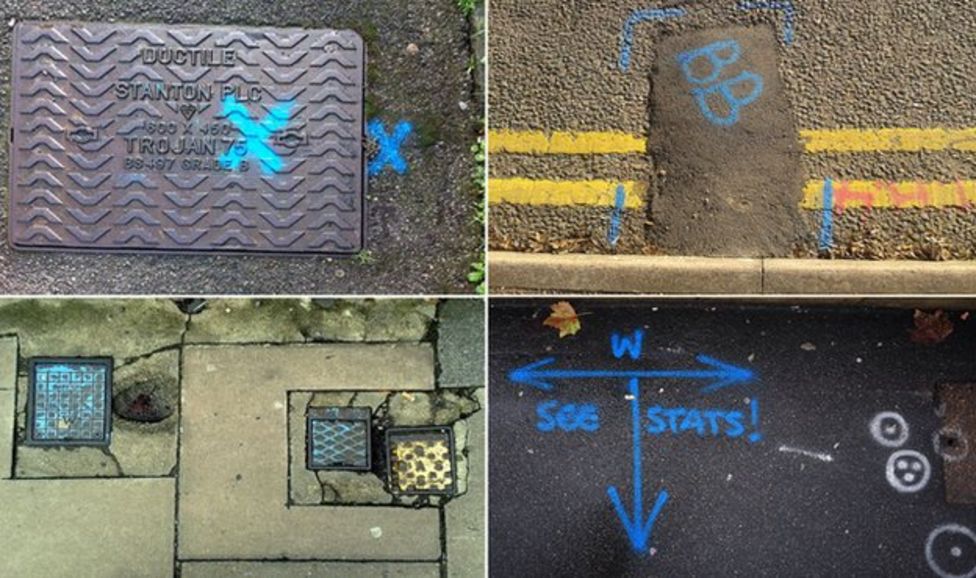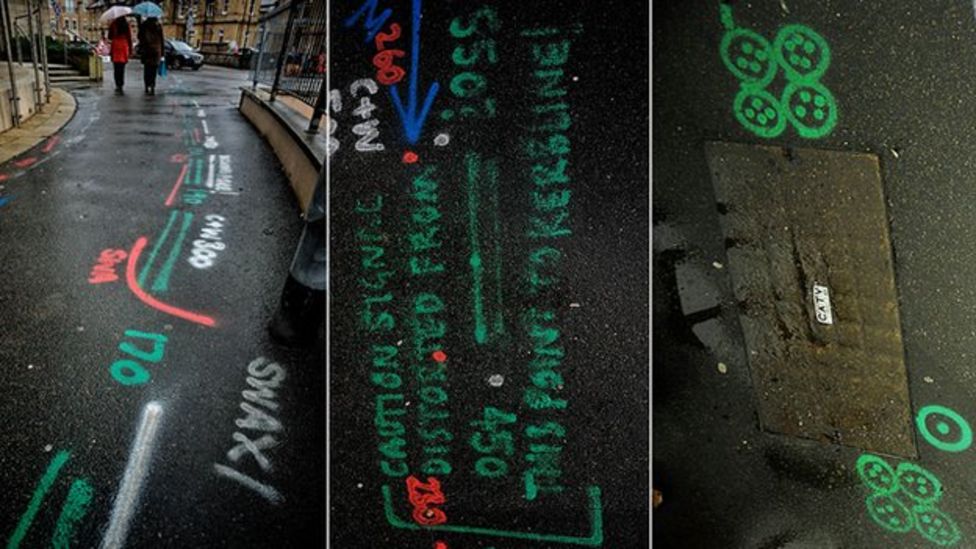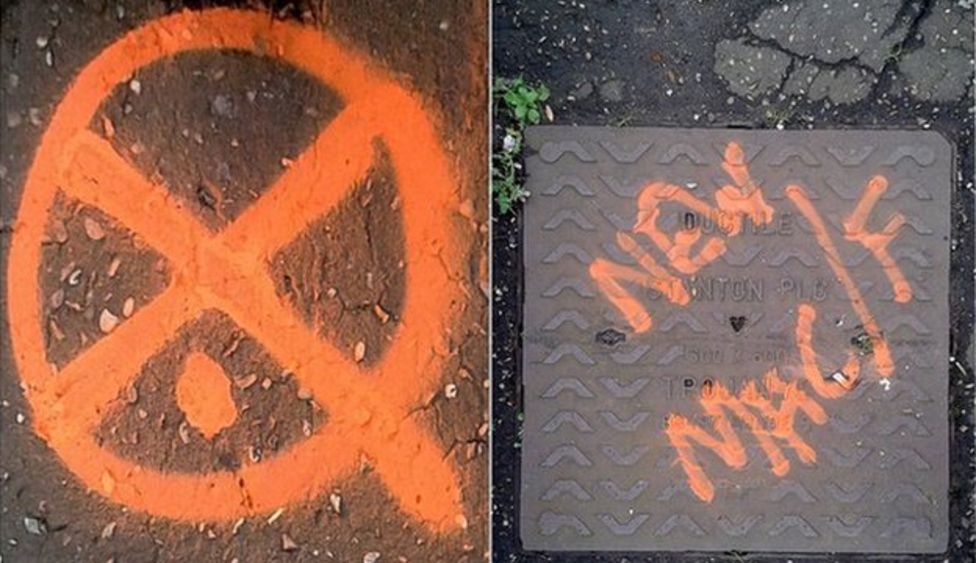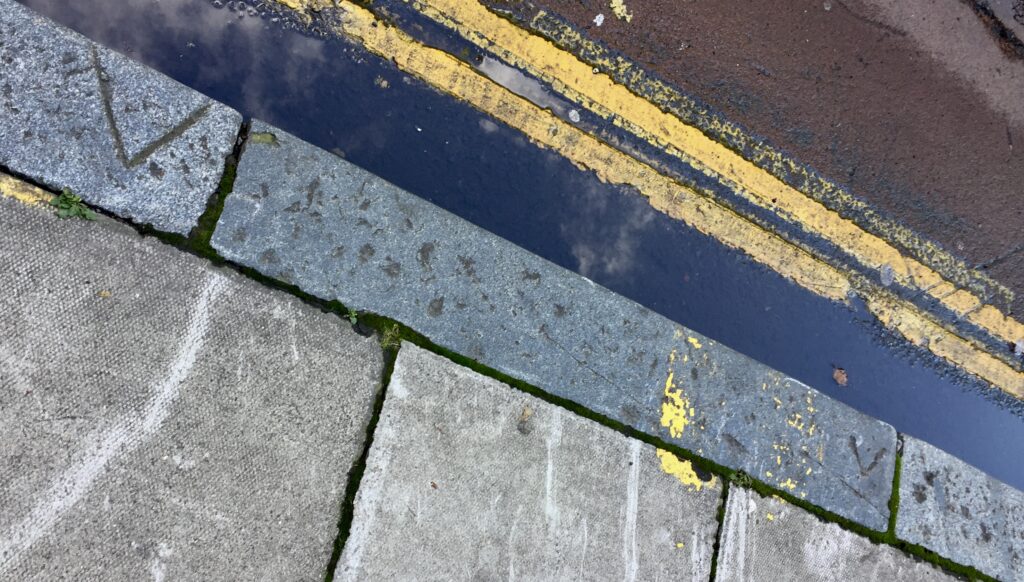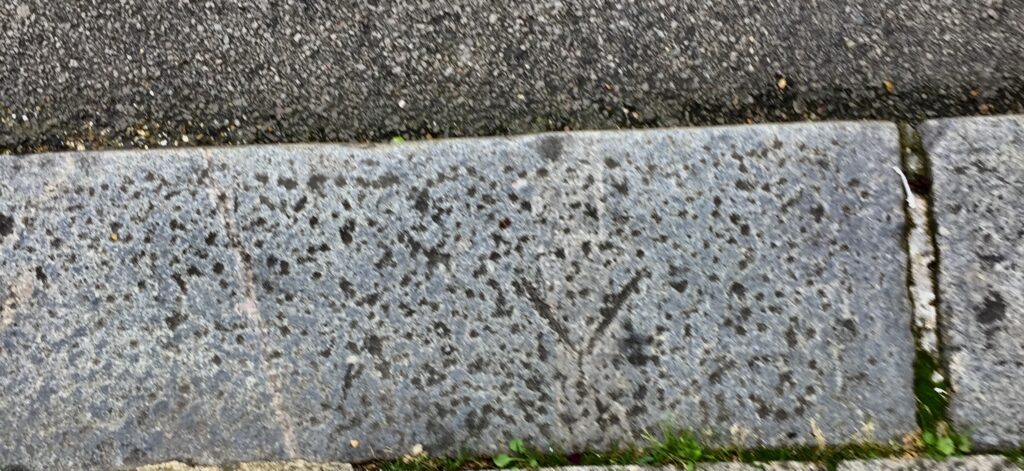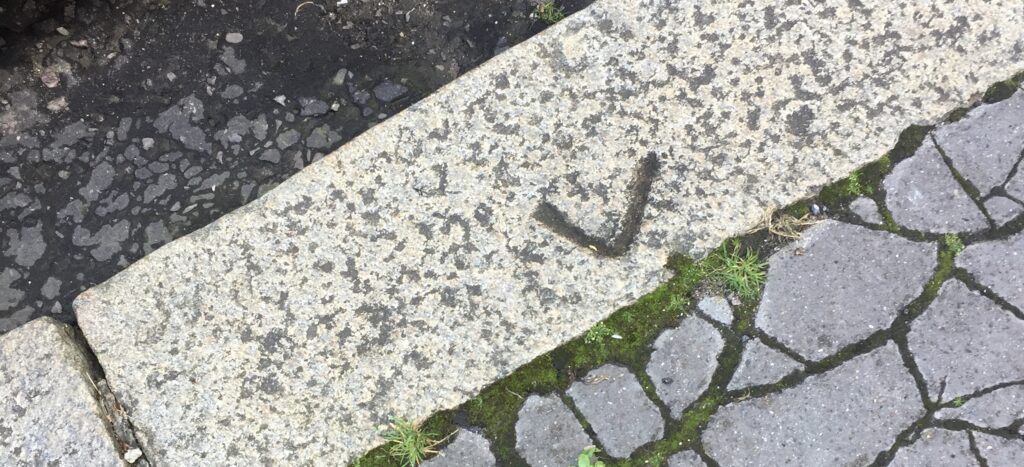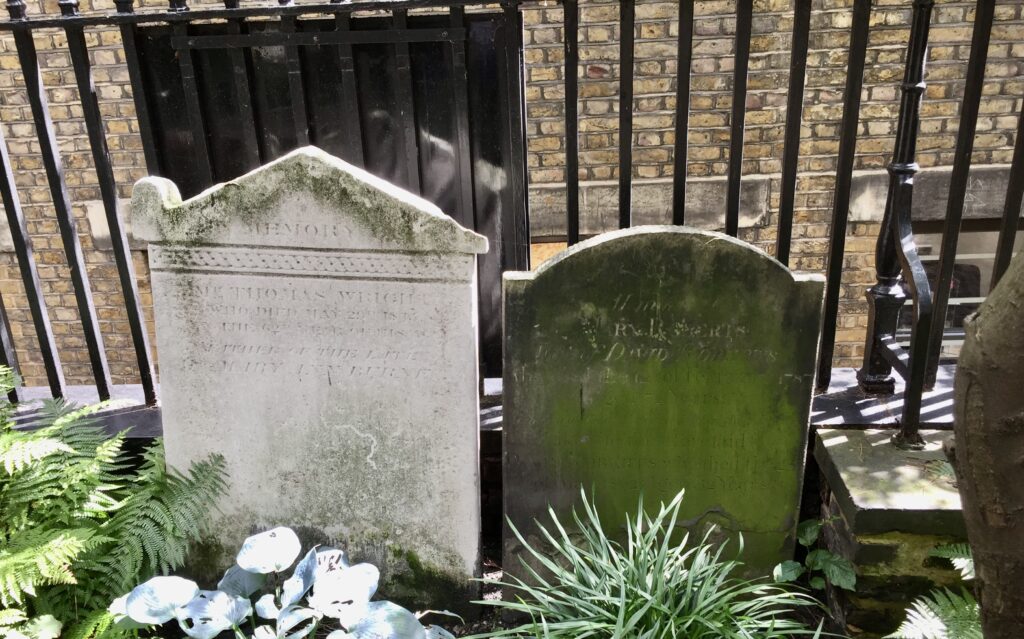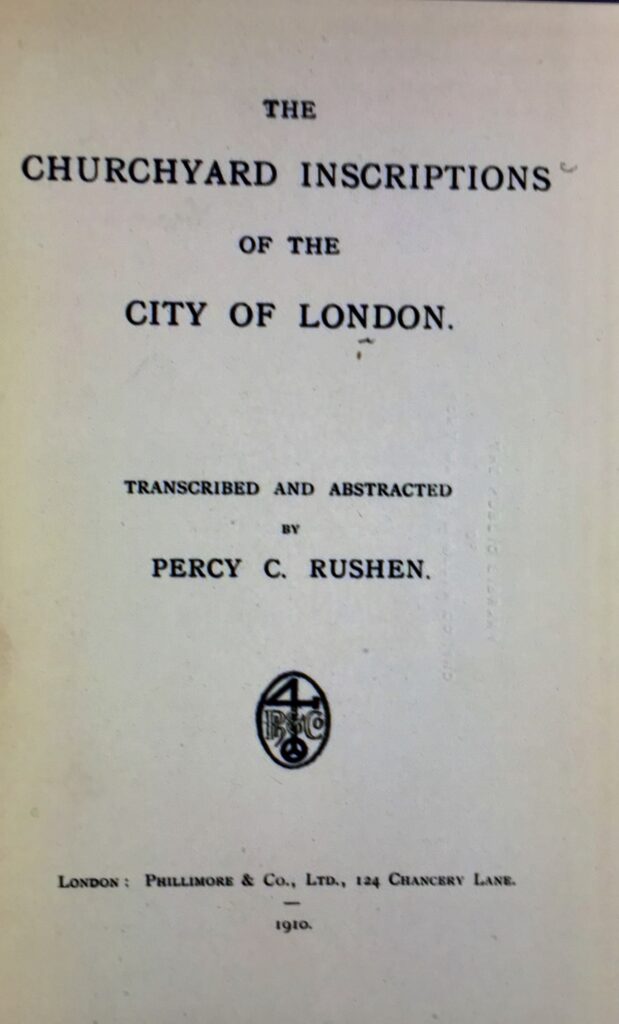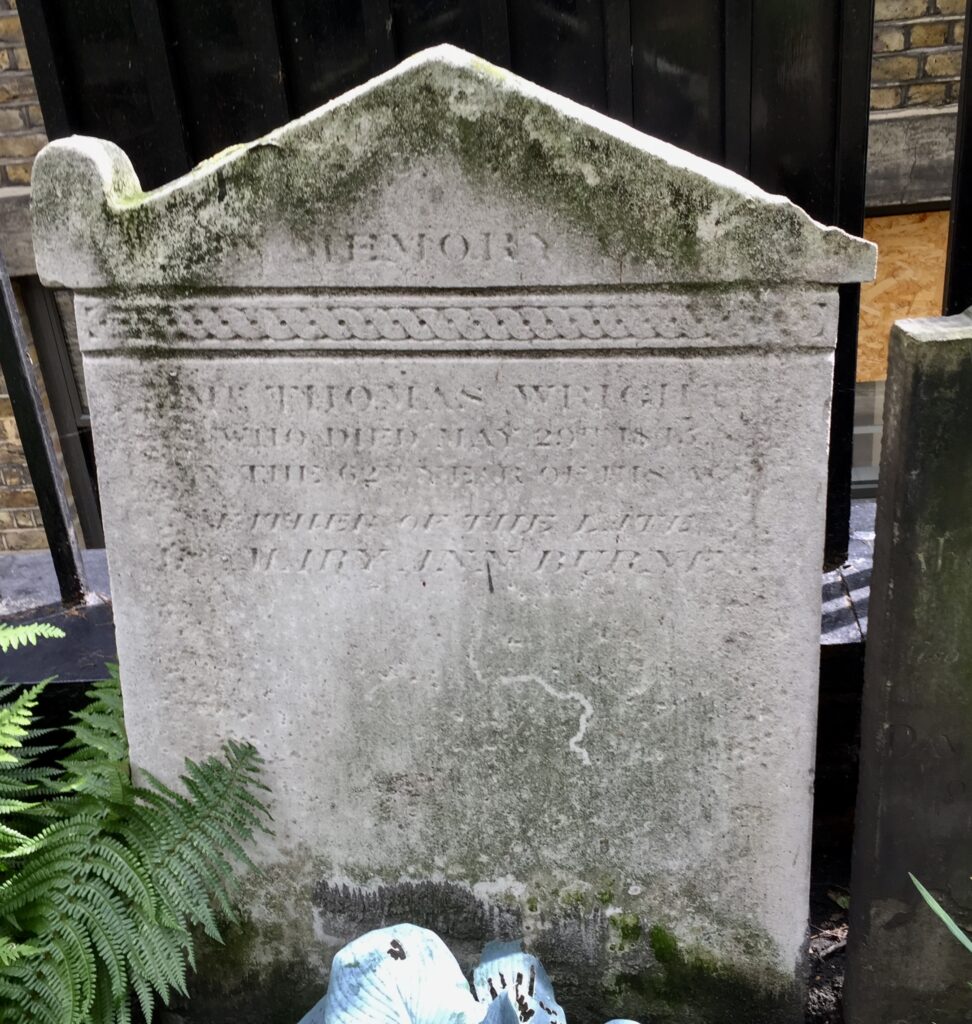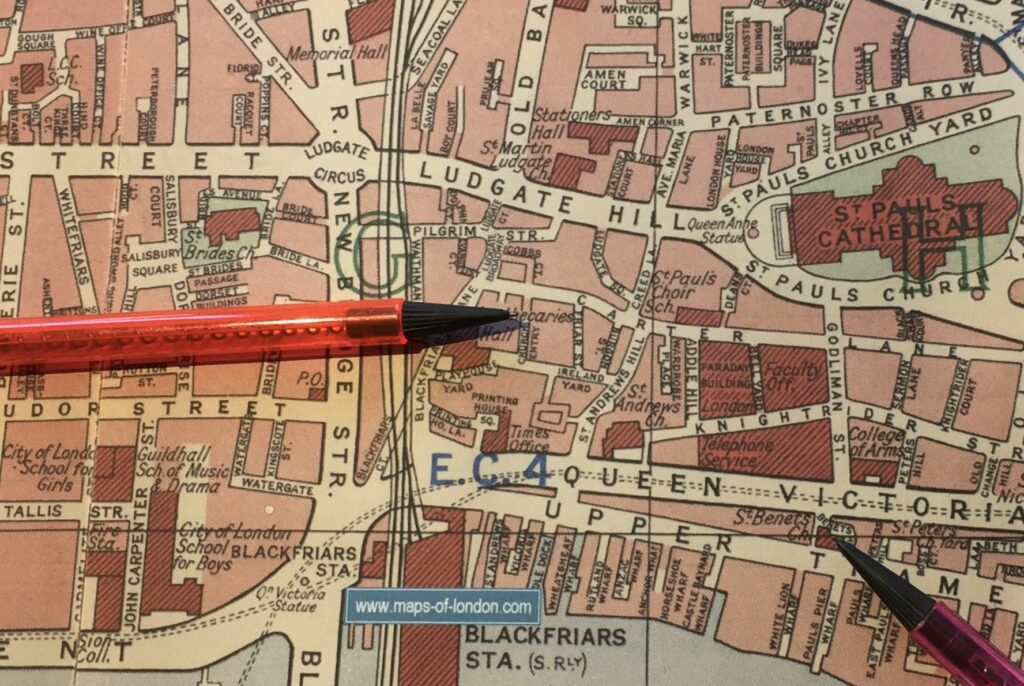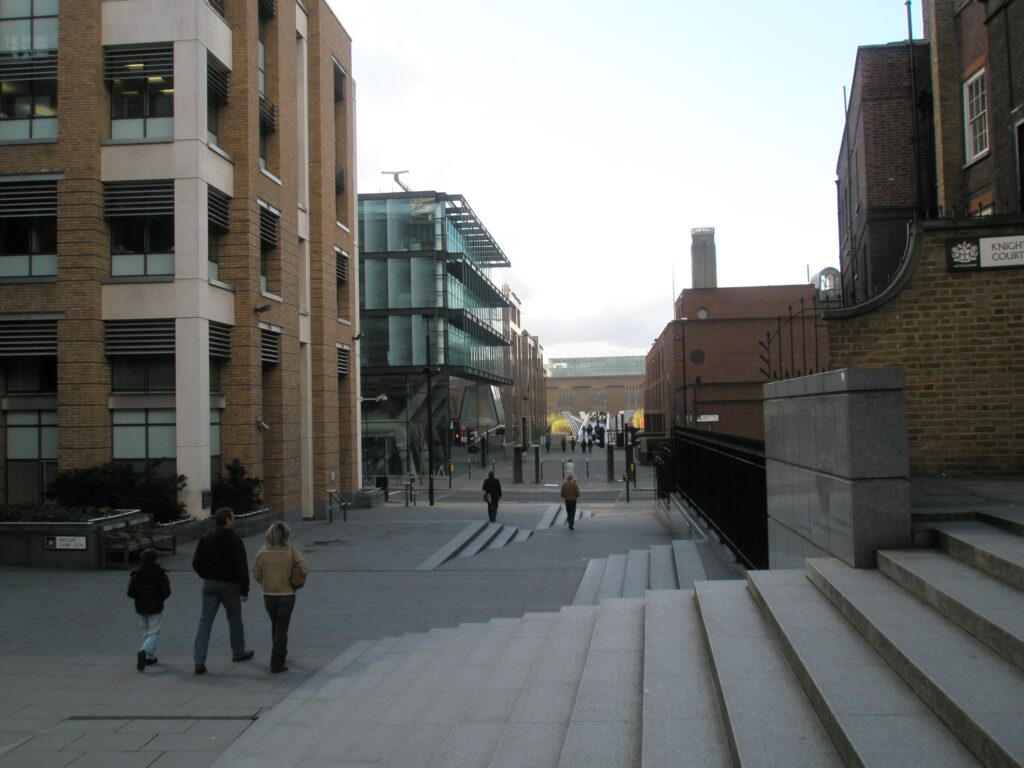I do enjoy a wander along Old Street – remembering as I walk that it is, as its name suggests, an ancient thoroughfare that probably even pre-dates Roman times. The earliest records of the name are Ealdestrate around 1200, Eldestrete in 1275, and le Oldestrete in 1373. In other words, it was already known as the ‘old street’ when Edward I sat on the throne.
Starting at its Shoreditch end, I always admire the street art surrounding the gigantic spinal column that graces the Osteopathy and Sports clinic …
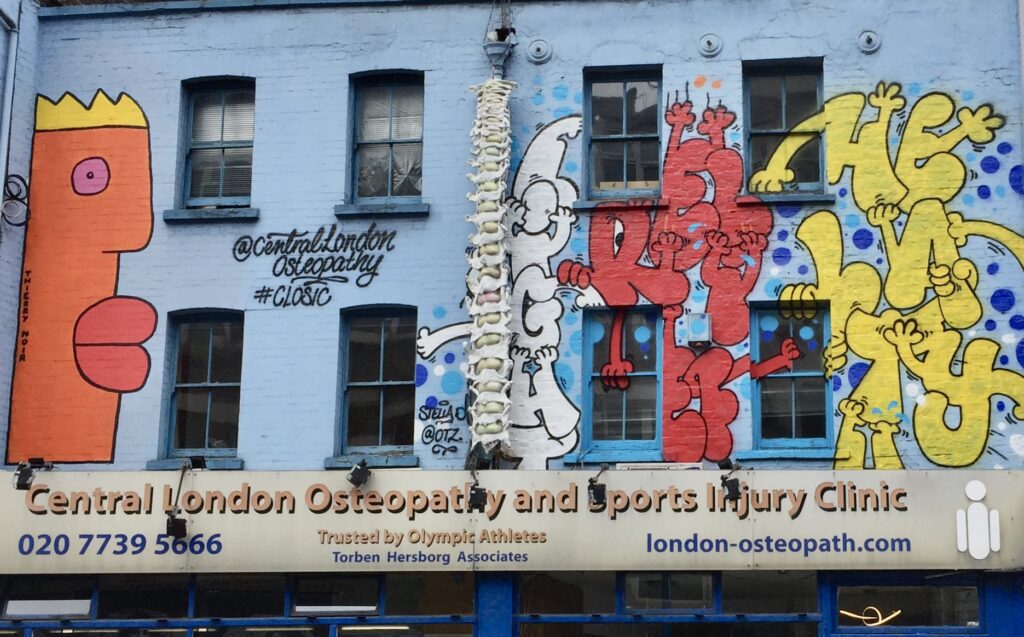
Across the road is some ‘work’ by the notorious ’10 foot’ character (or someone impersonating him) …
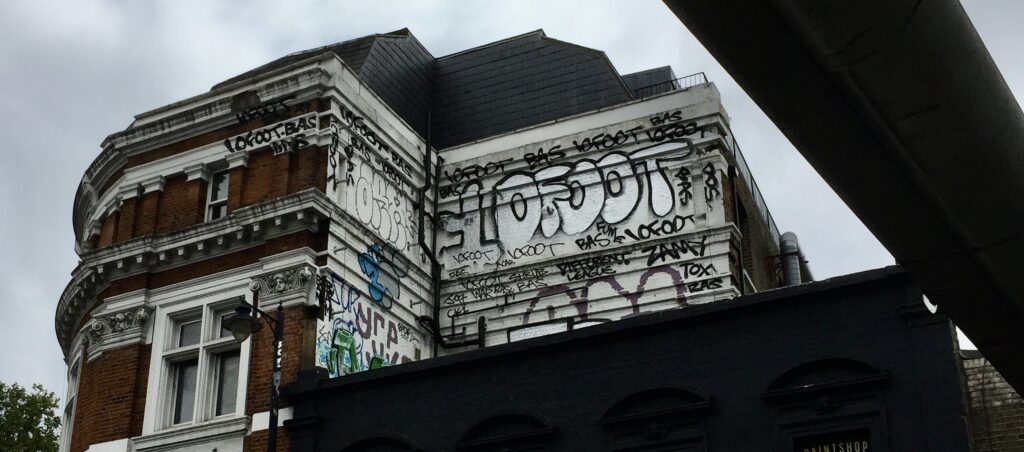
According to the My London blog the guy’s real name is Samuel Moore. In 2010 he was arrested over his work and bailed, but continued to create artwork in public places. He was eventually convicted for committing over £100,000 worth of criminal damage and sent to prison for 26 months.
I love the beautiful civic building that is the old Shoreditch Town Hall …
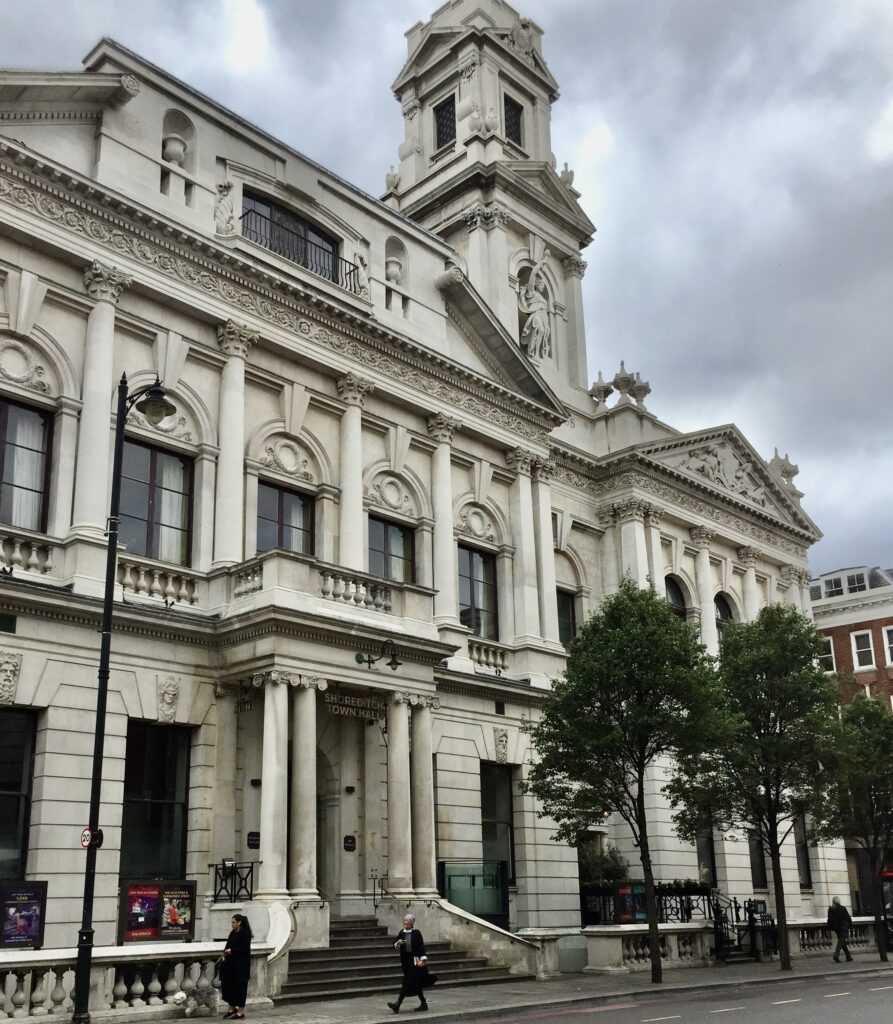
When it opened in 1866 it was one of the grandest Vestry Halls of its time and its ambitious founders wanted the building to embody their progressive values. Until the 1960s, the Town Hall operated as the centre of local democracy and civic life in the borough and now, after a somewhat rocky time when it was seriously at risk, it is a thriving event venue and community space.
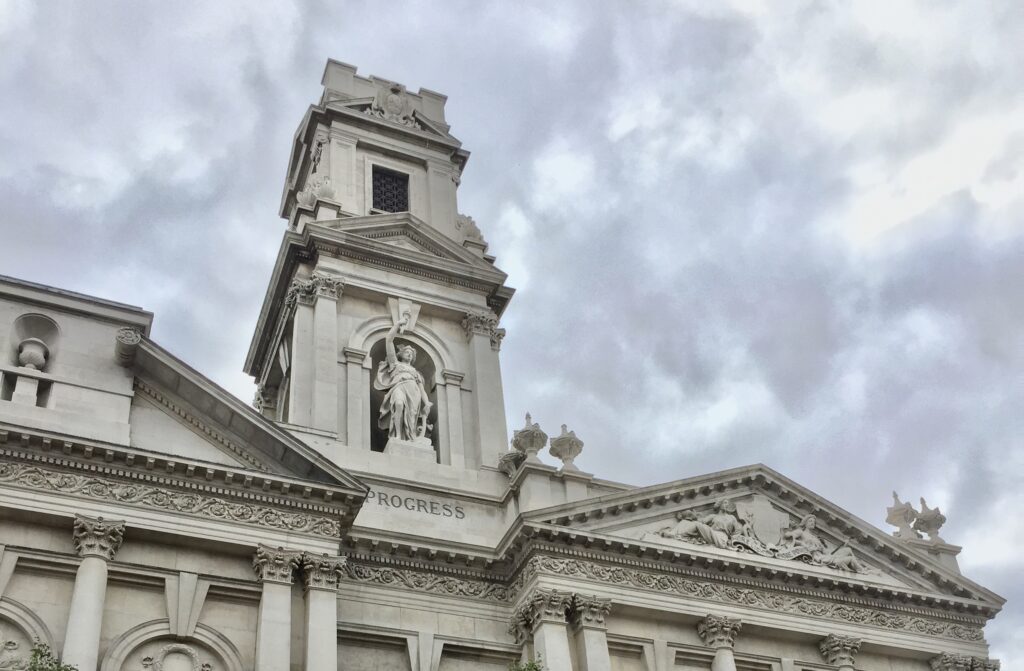
Throughout the building the motto ‘More Light, More Power’ can be seen beneath the crest of Shoreditch. This motto, together with the statue of Progress on the front of the tower, commemorates the borough’s reputation for pioneering bold ideas such as the building’s revolutionary 1897 Refuse Destructor, which generated electricity and powered street lighting in the borough. You can read more about this extraordinary invention here.
Old Street Magistrates Court was transformed into a hotel in 2016 (previous temporary visitors included Reggie and Ronnie Kray) …
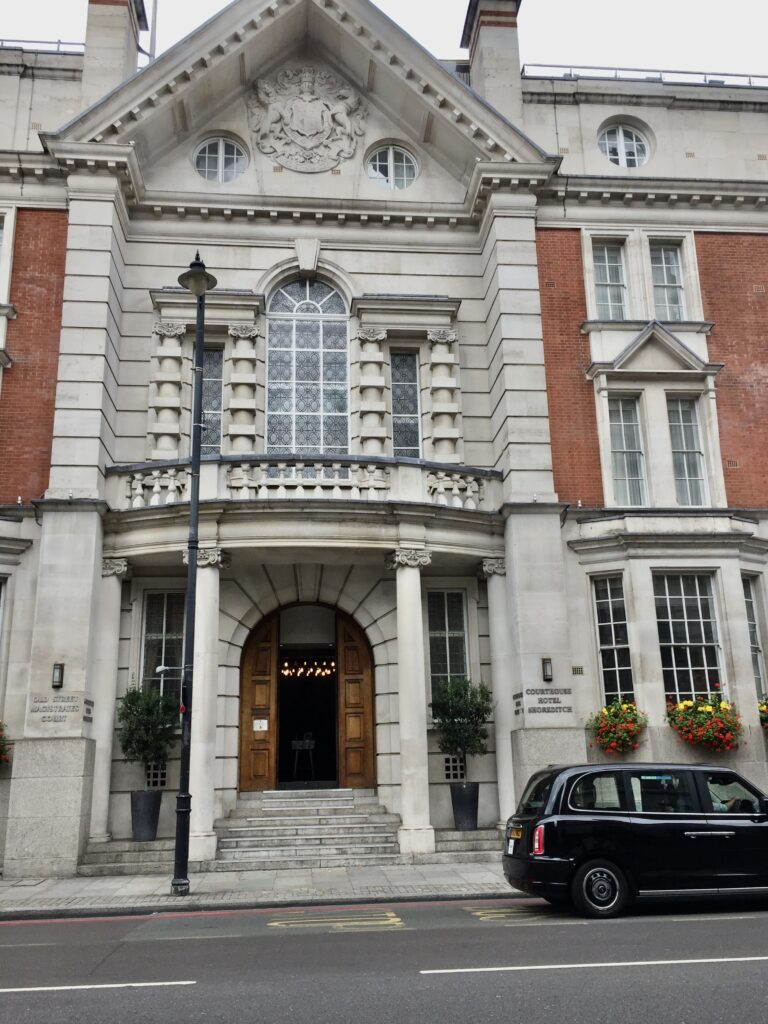
Originally known as a Police Court, it dealt with a wide range of business coming under the general heading of ‘summary jurisdiction’, i.e. trial without a jury. The cases heard were largely criminal and of the less serious kind. Examples included: drunk and disorderly conduct, assault, theft, begging, possessing stolen goods, cruelty to animals, desertion from the armed forces, betting, soliciting, loitering with intent, obstructing highways, and motoring offences. Non-criminal matters included small debts concerning income tax and local rates, landlord and tenant matters, matrimonial problems and bastardy (for example, fathers of illegitimate children failing to pay maintenance). There is a fascinating account of bastardy, and its associated tragedies, in the London Lives blog.
The eastern half of the building contained a police station …
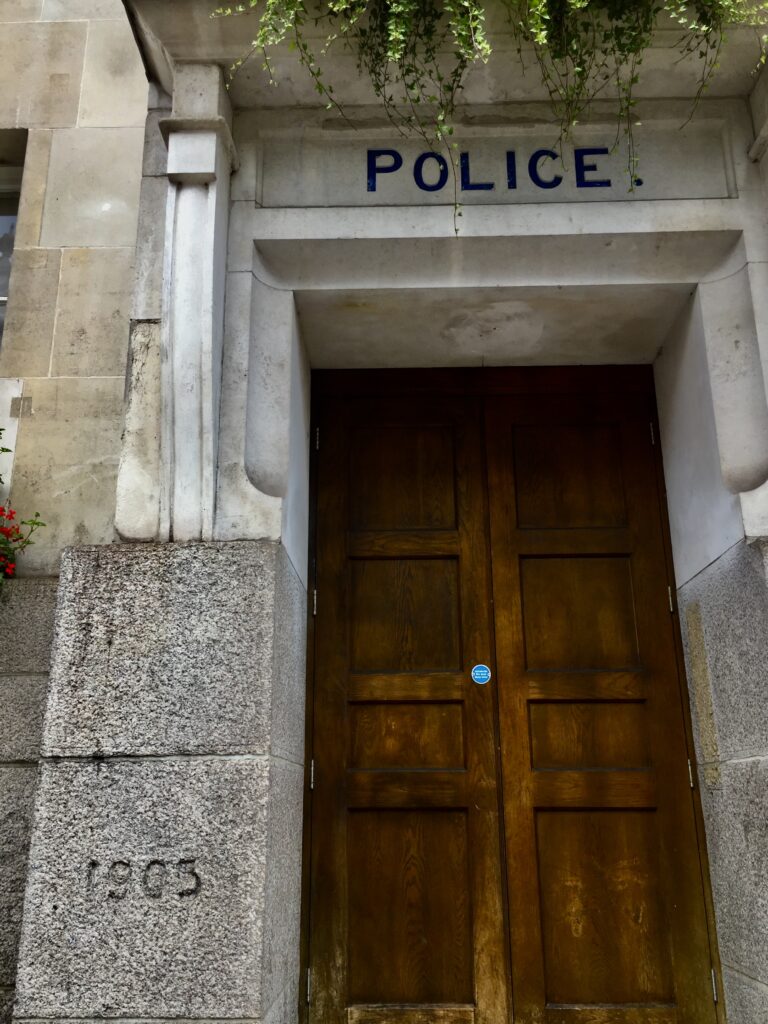
It included accommodation for a married inspector on the first floor and for 40 single men on the second and third floors. There was a kitchen and mess room along with rooms for storing, drying and brushing clothes and boots. You really could say there was a ‘police presence’ in those days.
The building in 1974 …
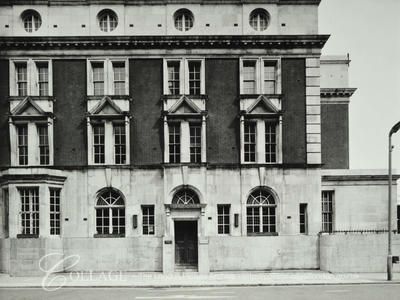
I paused at the Old Street roundabout to admire the Bezier Building …
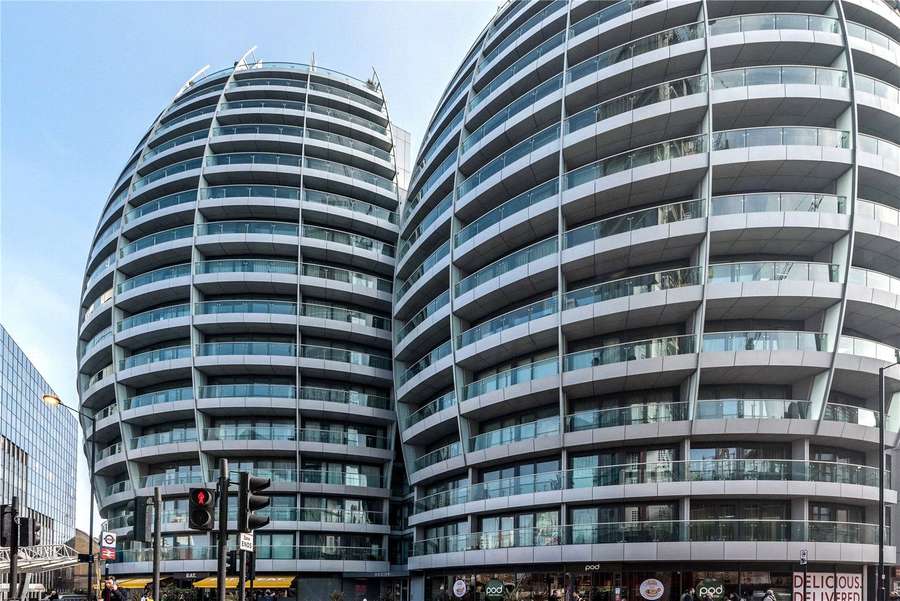
Unfortunately, I can’t get out of my mind the Gentle Author’s assertion that it looks like a pair of buttocks.
I have written about the west end of the street before, but I hope readers won’t mind if I revisit a few of the buildings again.
Look up and you will see the old Salvation Army Hostel ghost sign …
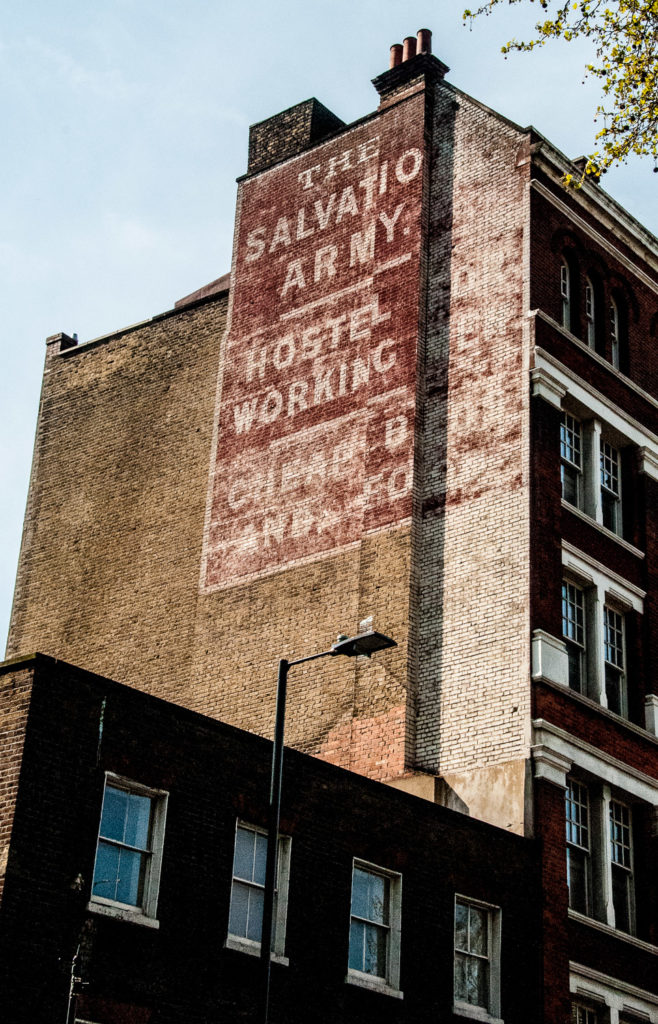
Number 116 used to be the Margolin Gramophone Company factory (the place is now called Stylus … get it?) …
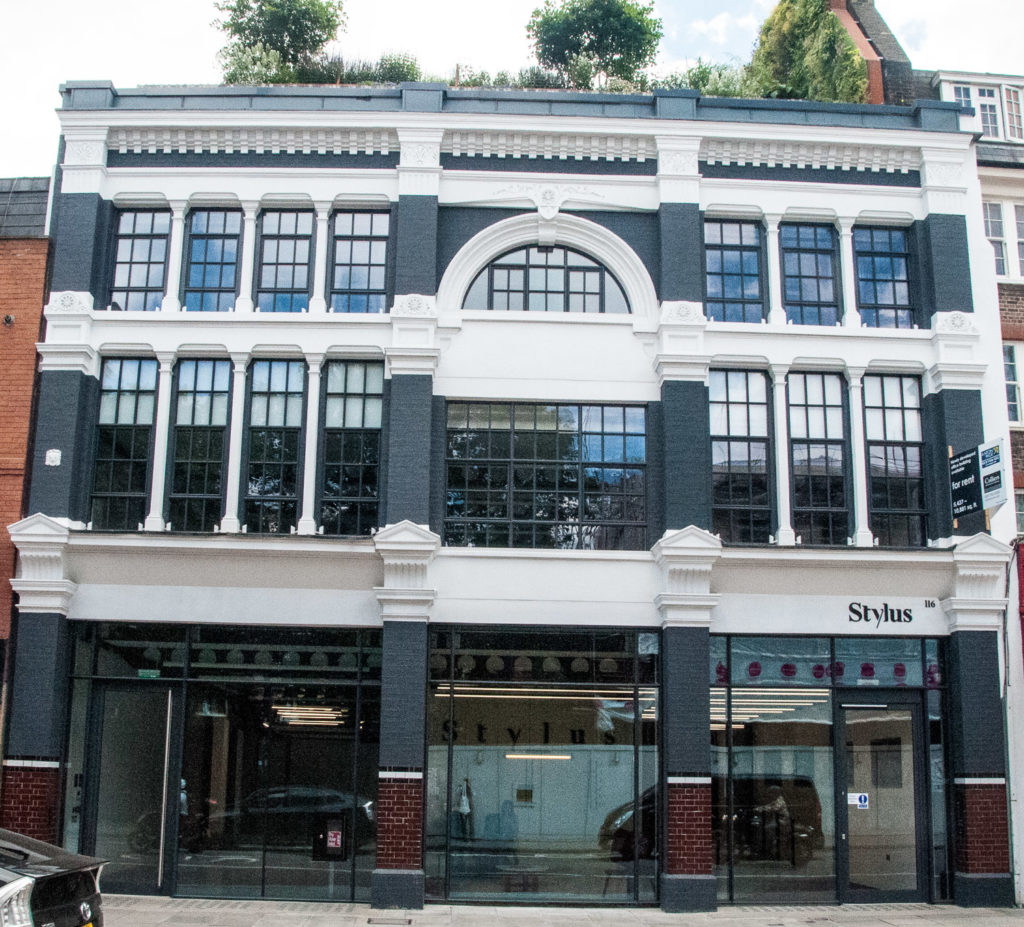
They manufactured the Dansette record player – a name very familiar to us baby-boomers. During the years 1950-70 over one million were sold …
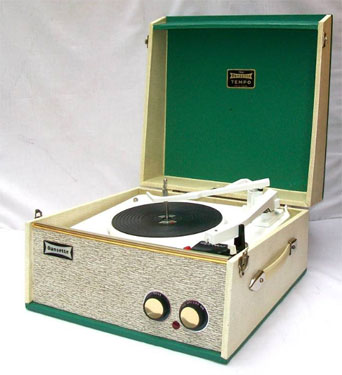
Dansette production ended in December 1969, following the introduction of relatively cheap and efficient Japanese and other Far Eastern imported Hi-Fi equipment. Margolin subsequently went into liquidation.
Look out for the now de-consecrated St Luke’s church. It was designed by John James, though the obelisk spire, a most unusual feature for an Anglican church, the west tower and the flanking staircase wings were by Nicholas Hawksmoor …
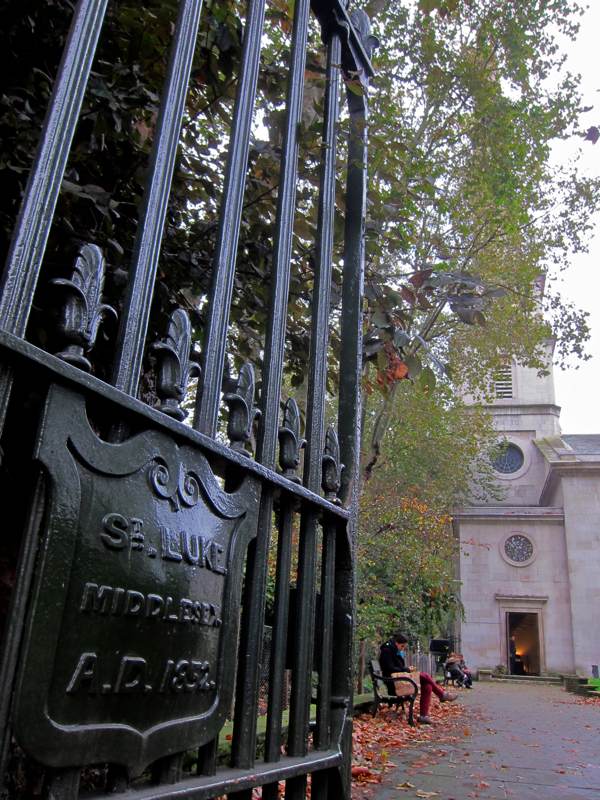
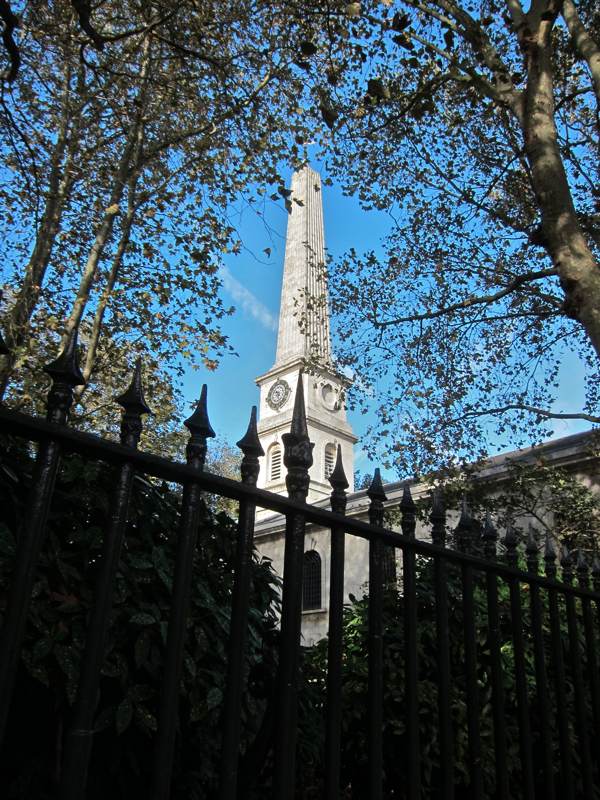
The weathervane is actually a red-eyed dragon but for some reason locals thought it resembled a louse and nicknamed the church Lousy St Luke’s …
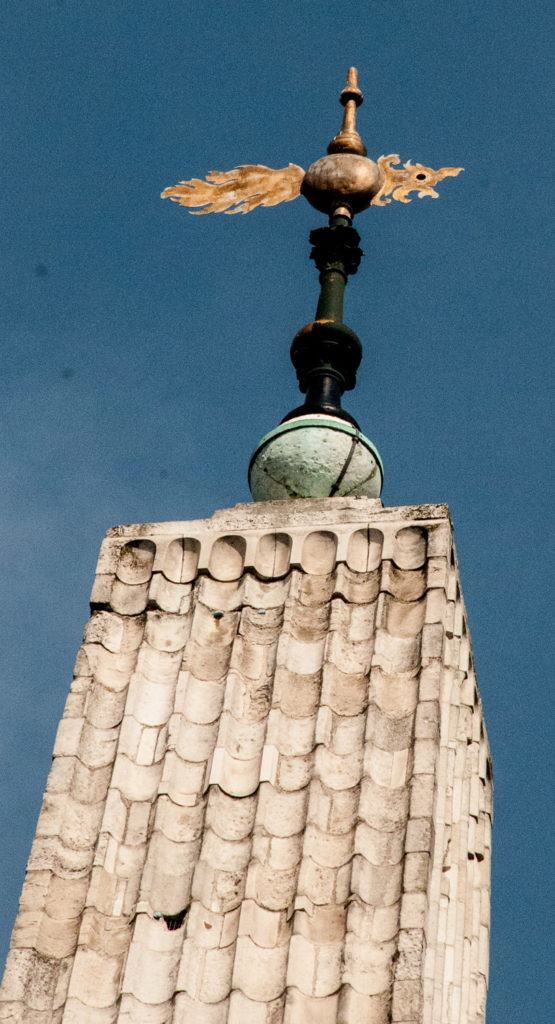
The church was closed in 1964 due to subsidence, but the previously derelict building has now been restored by the London Symphony Orchestra as a beautiful space for performances, rehearsals, recording and educational purposes.
William Caslon the Elder is buried in the churchyard. …
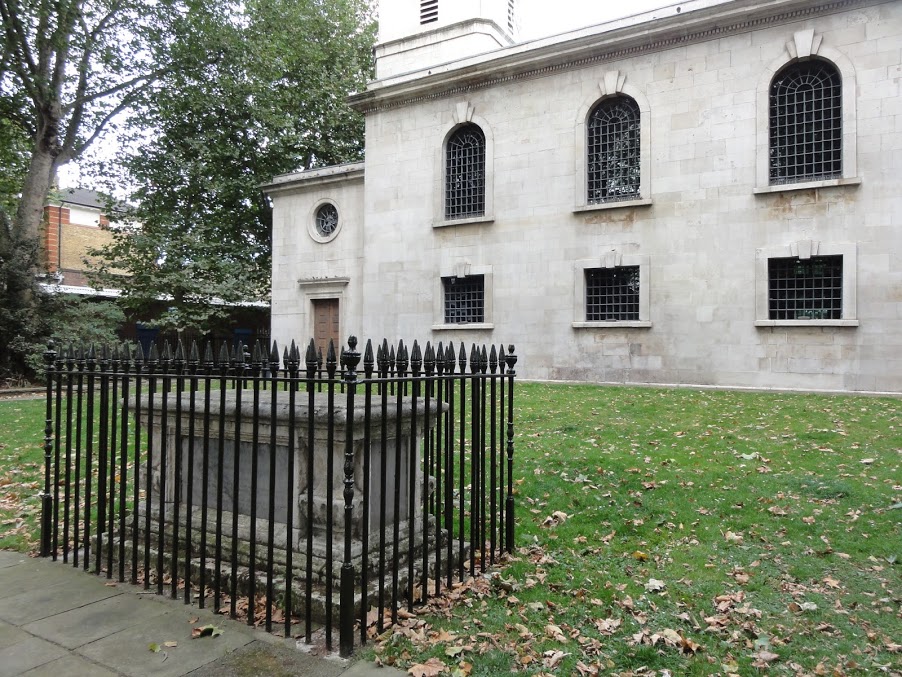
A typefounder, the distinction and legibility of his type secured him the patronage of the leading printers of the day in England and on the continent. His typefaces transformed English type design and first established an English national typographic style. Here is a specimen sheet of his typefaces from 1728. In its own way I think it is beautiful …
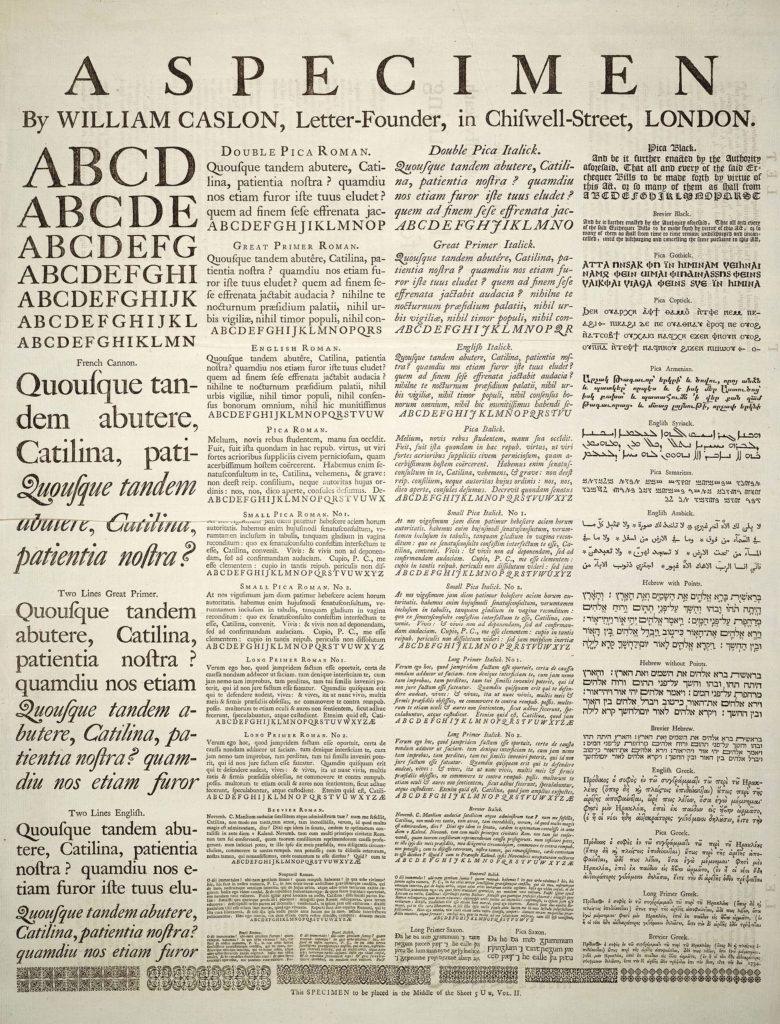
Caslon’s first workshop was in Helmet Row, next to the church. It has some Grade II listed early 19th century terraced houses, a few of which later had their ground floors converted into shops …
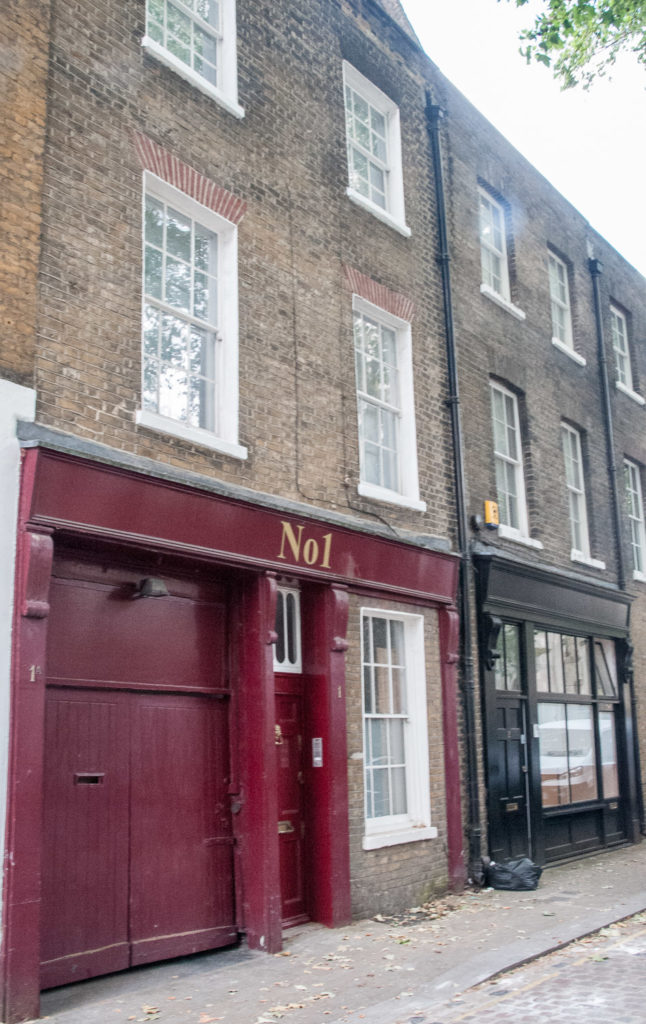
At 12 Old Street is the building that once housed The Old Rodney’s Head public house …
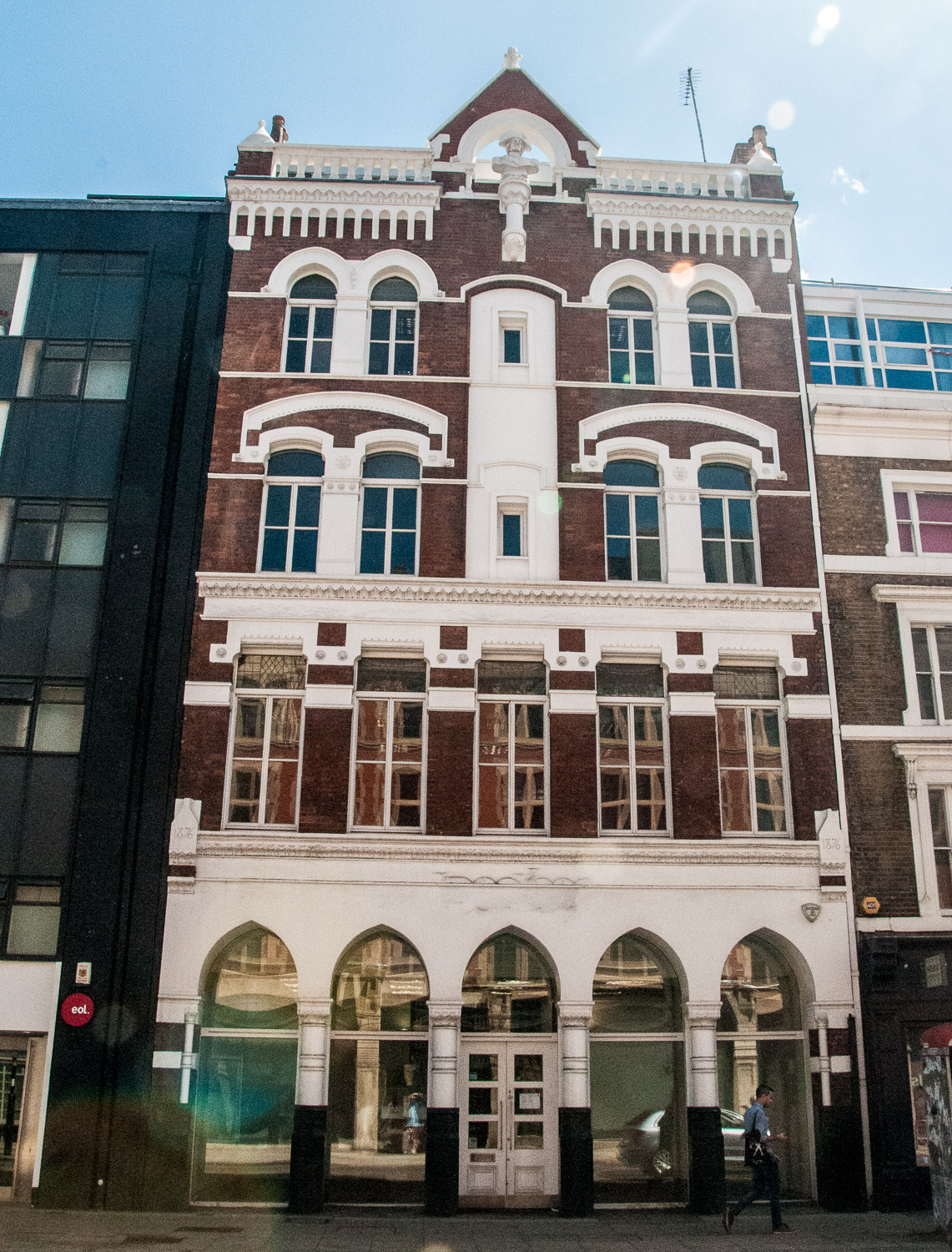
George Brydges Rodney, 1st Baron Rodney (1718-1792) was a famous Admiral best known for his victory over the French at the Battle of the Saintes in 1782 which ended the French threat to Jamaica. The building dates from 1876 and Rodney still gazes down on Old Street …
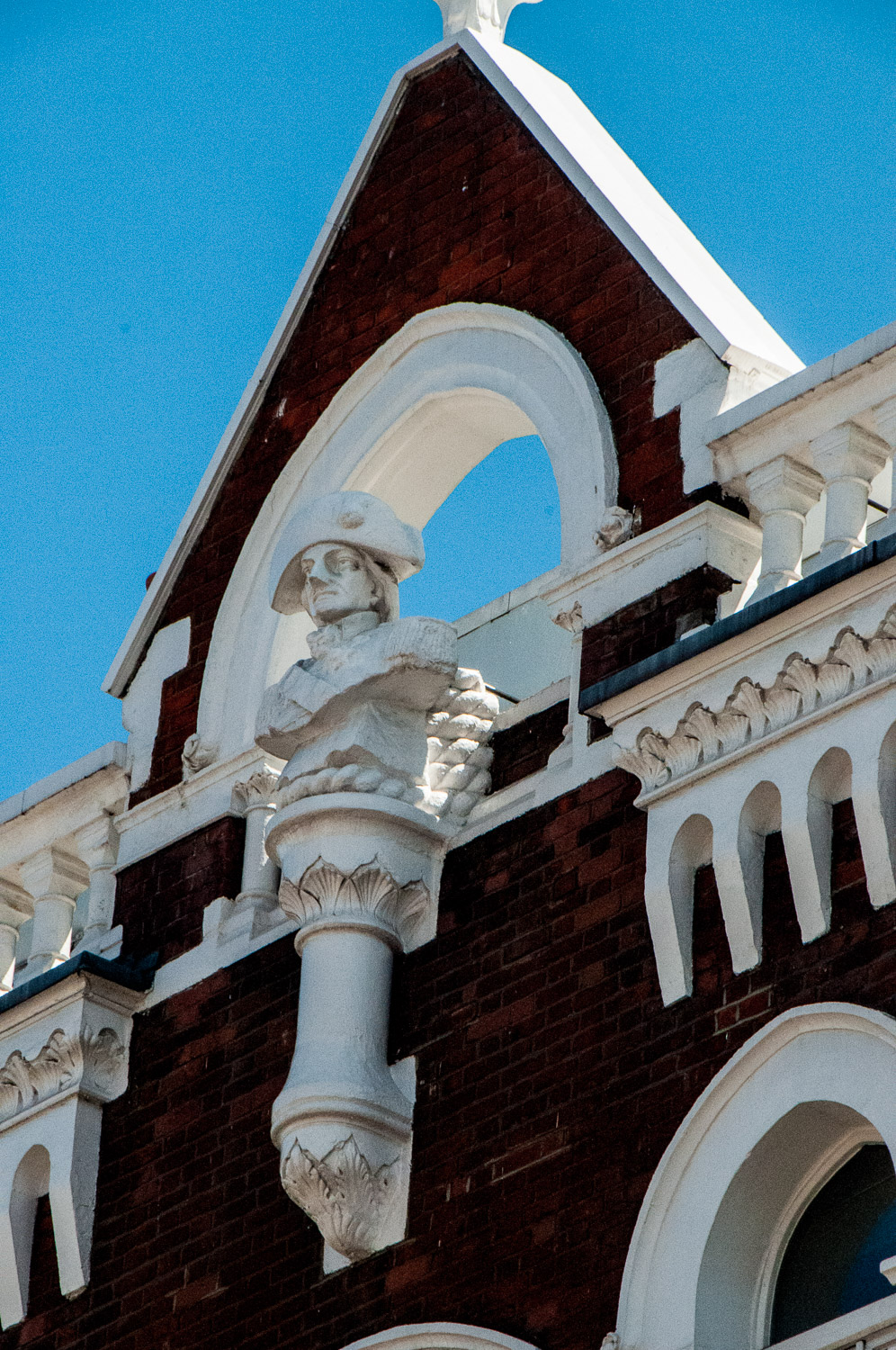
Some commentators mistakenly attribute the likeness to Lord Nelson.
Sadly the Hat and Feathers, on the corner of Clerkenwell Road, has not reopened after a short time operating as a restaurant …
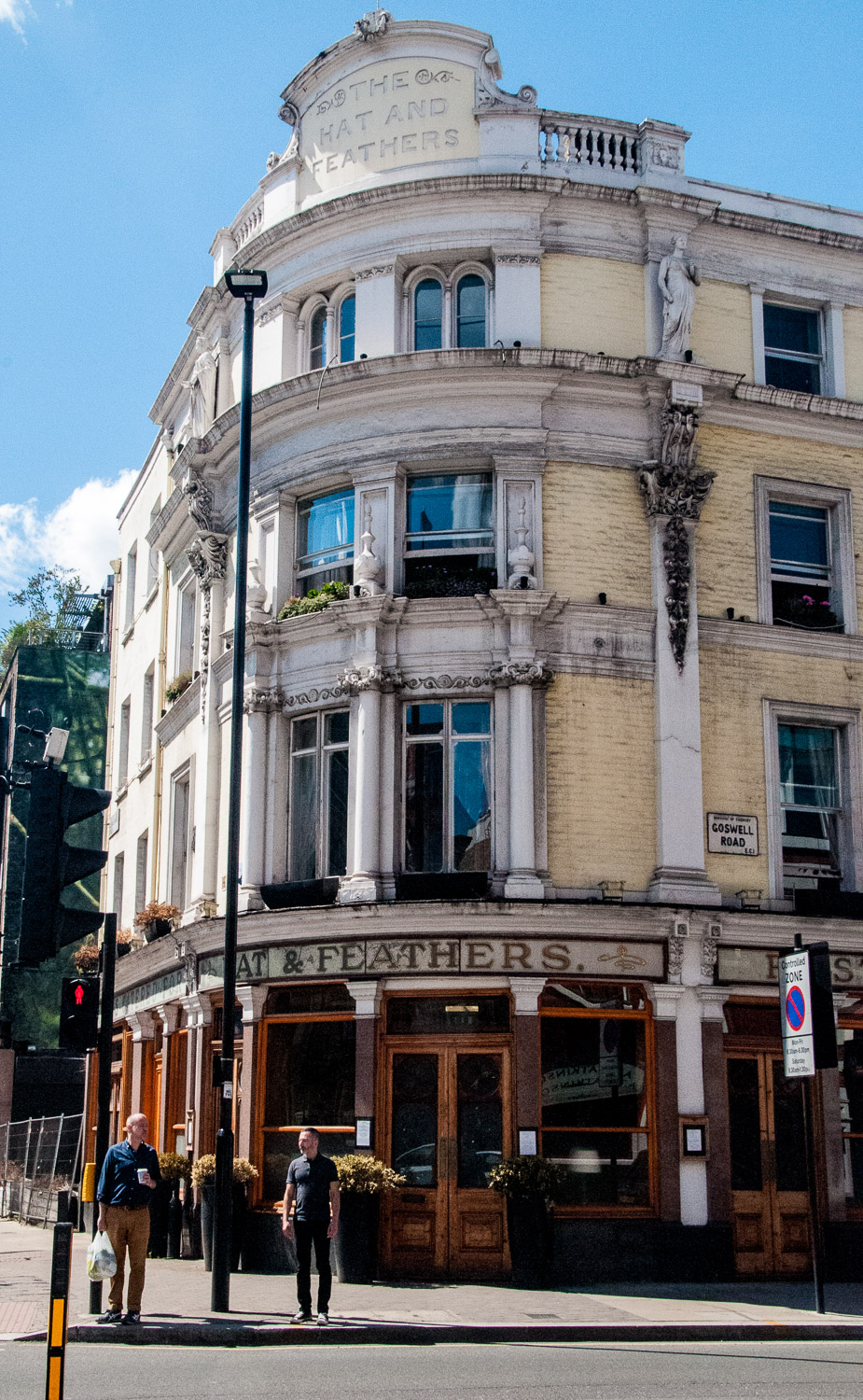
British History Online tells us that the building dates from 1860 and the facade – ‘gay without being crude’ – is decorated with classical statues, urns and richly ornate capitals and consoles. There are quite a few ghost pubs in the City and you can read more about them here.
I love this old photograph of tram lines being laid at the same junction …
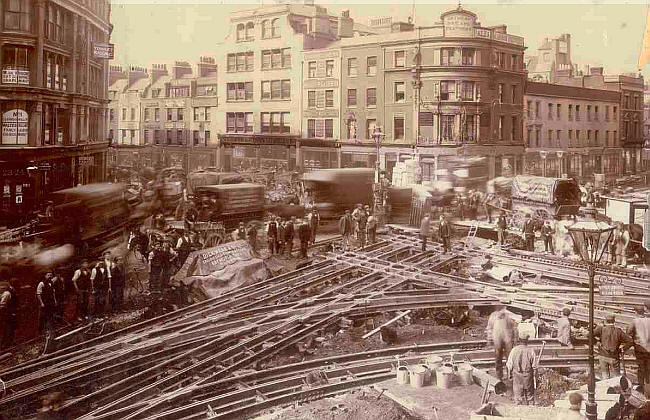
You can find out more about Old Street and its history using the following links:
The Londonist : How old is Old Street?
The Gentle Author : Along Old Street
My earlier blog : Secrets of Old Street – who remembers the Dansette record player?
Don’t forget, there’s an exciting new installation created by my friend Natalie Robinson now set up for you to visit. The display is based on her body of work ‘Reflection: what lies beneath – new maps’ and will be part of the Totally Thames 2021 Festival until the 30th.
You’ll find Natalie’s banners on the Thames Path at Walbrook Wharf. Here are a few images to whet your appetite …
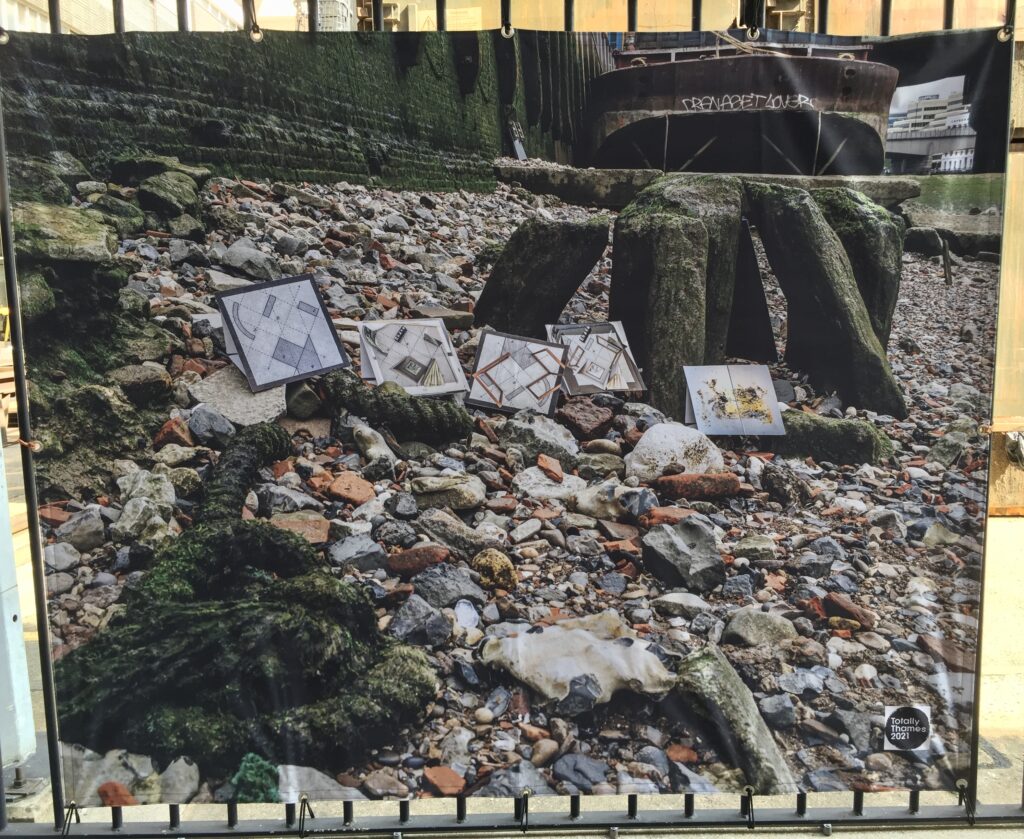
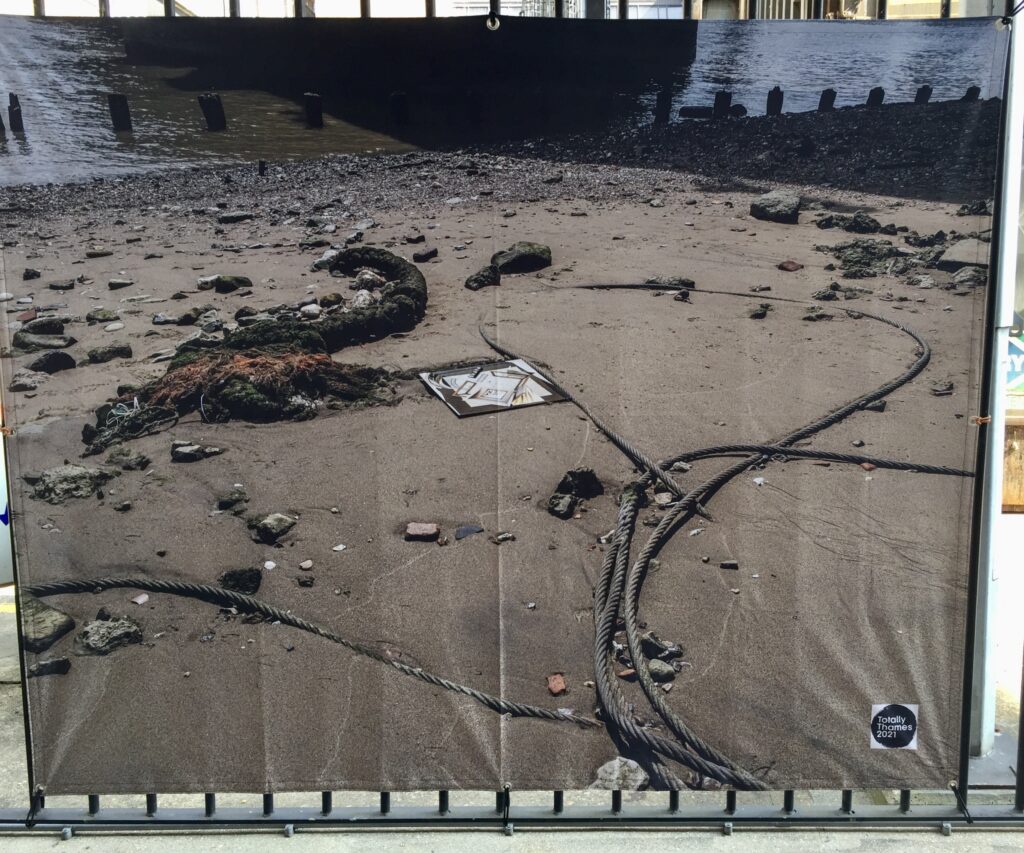
You can find more details of her display here and its digital counterpart here
If you would like to follow me on Instagram here is the link …
